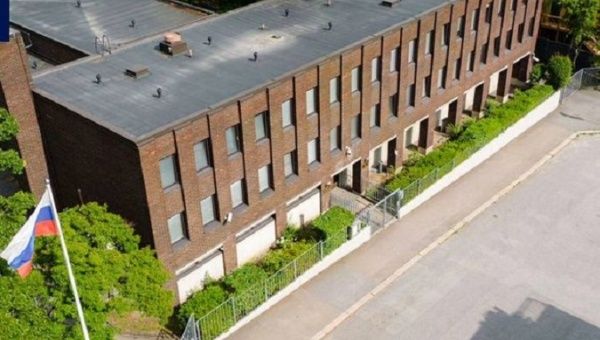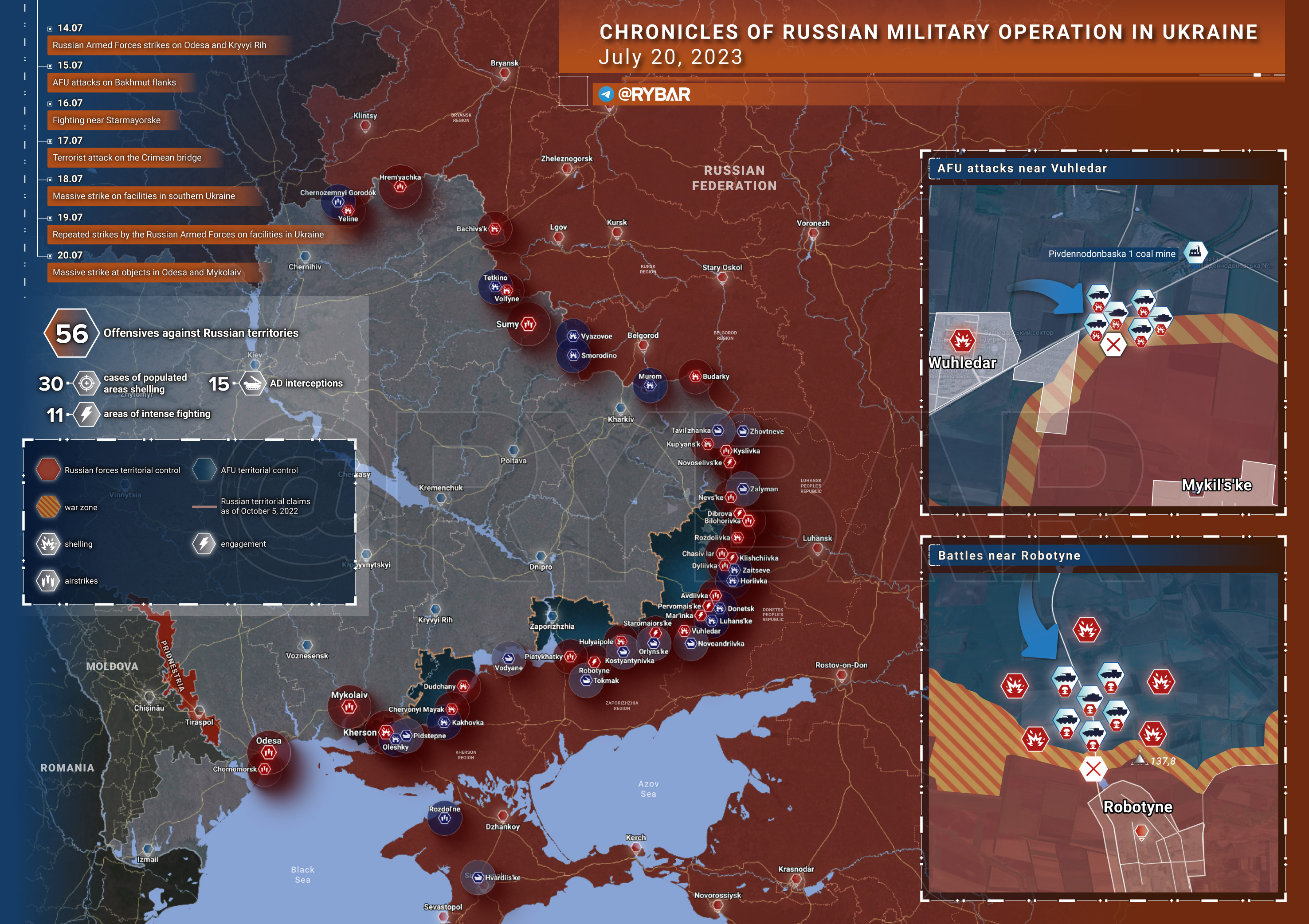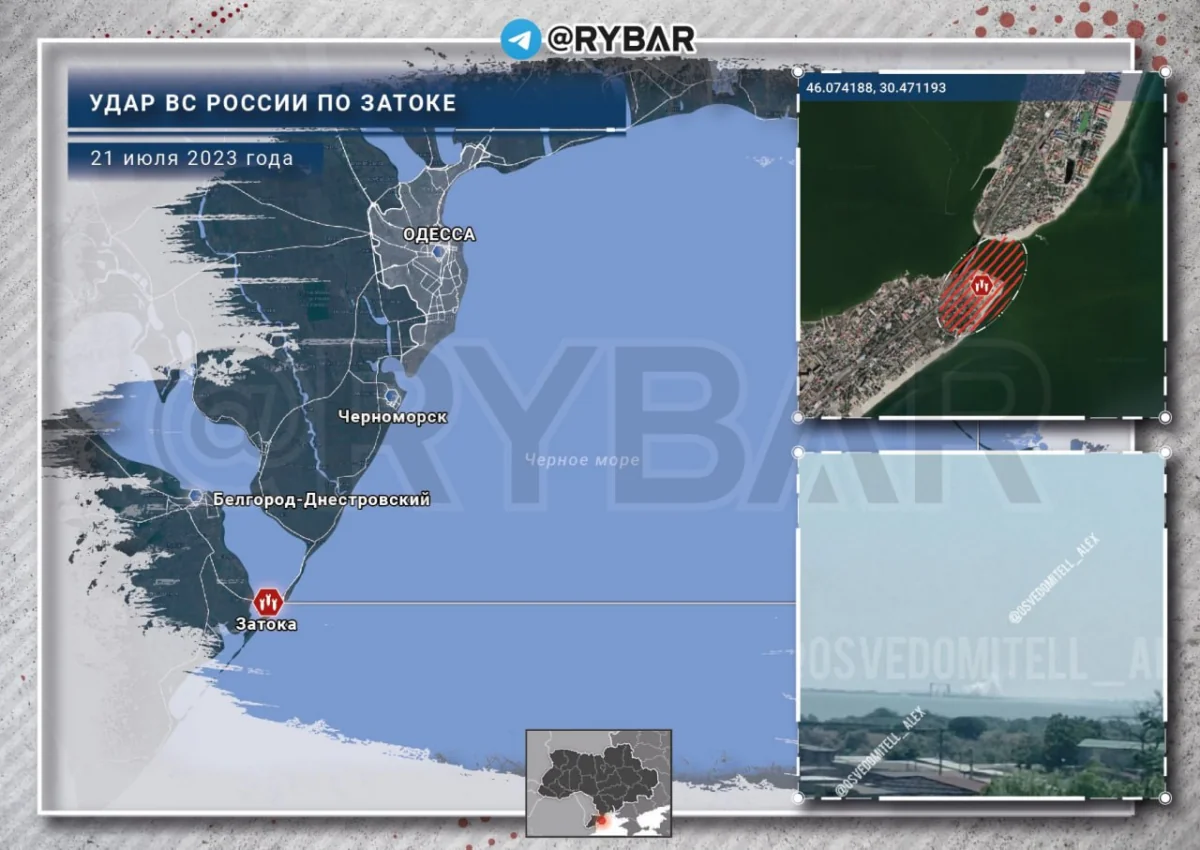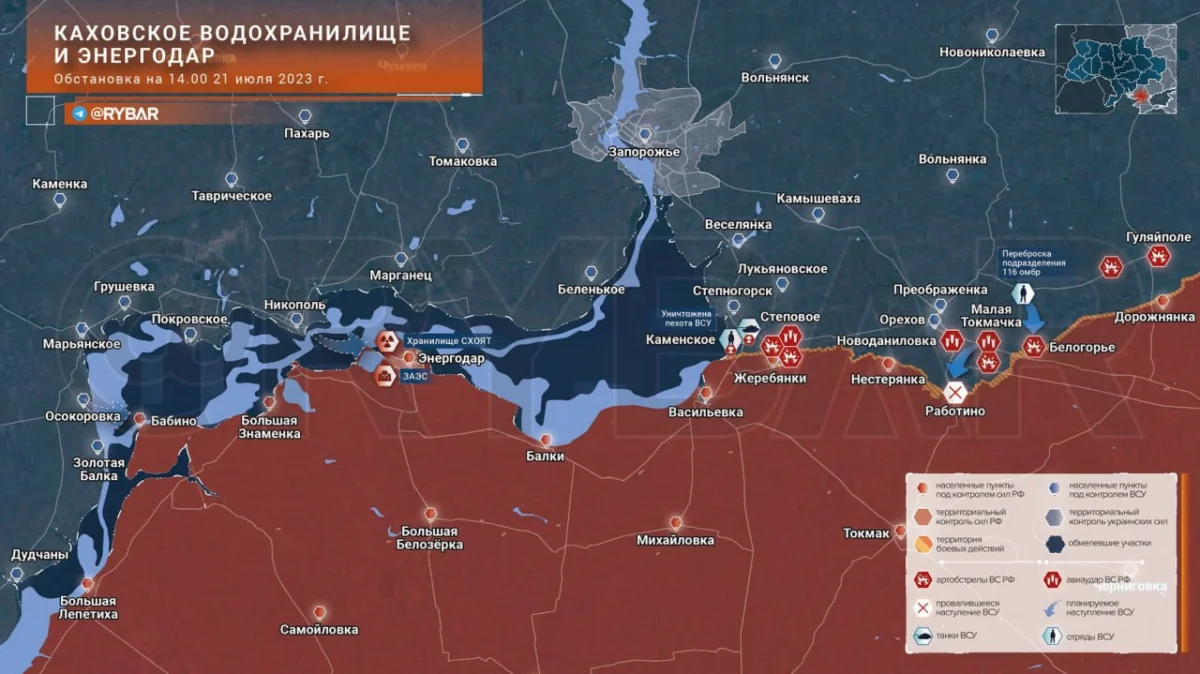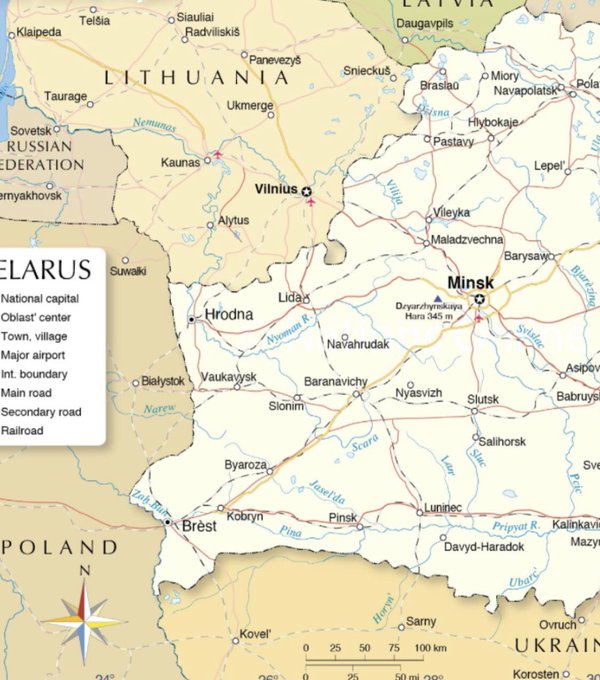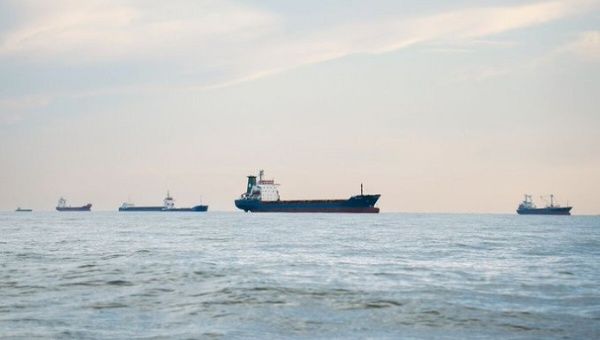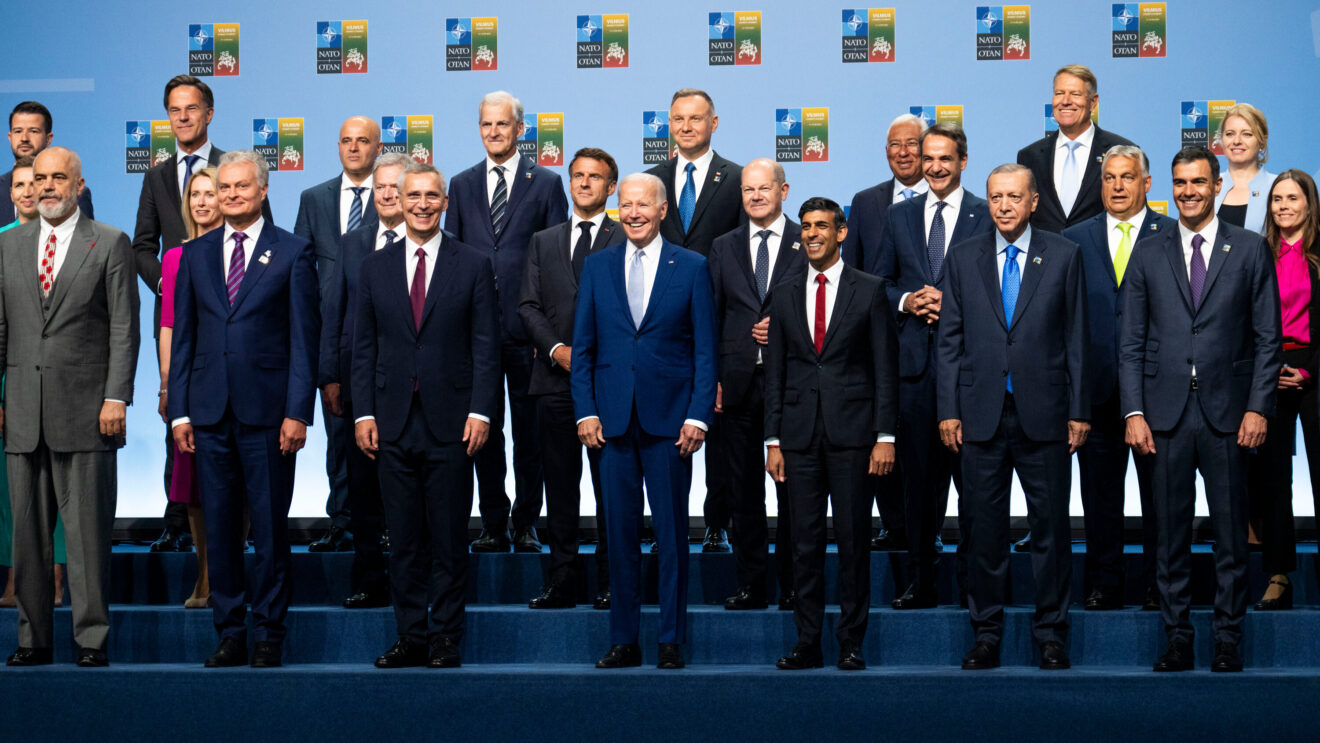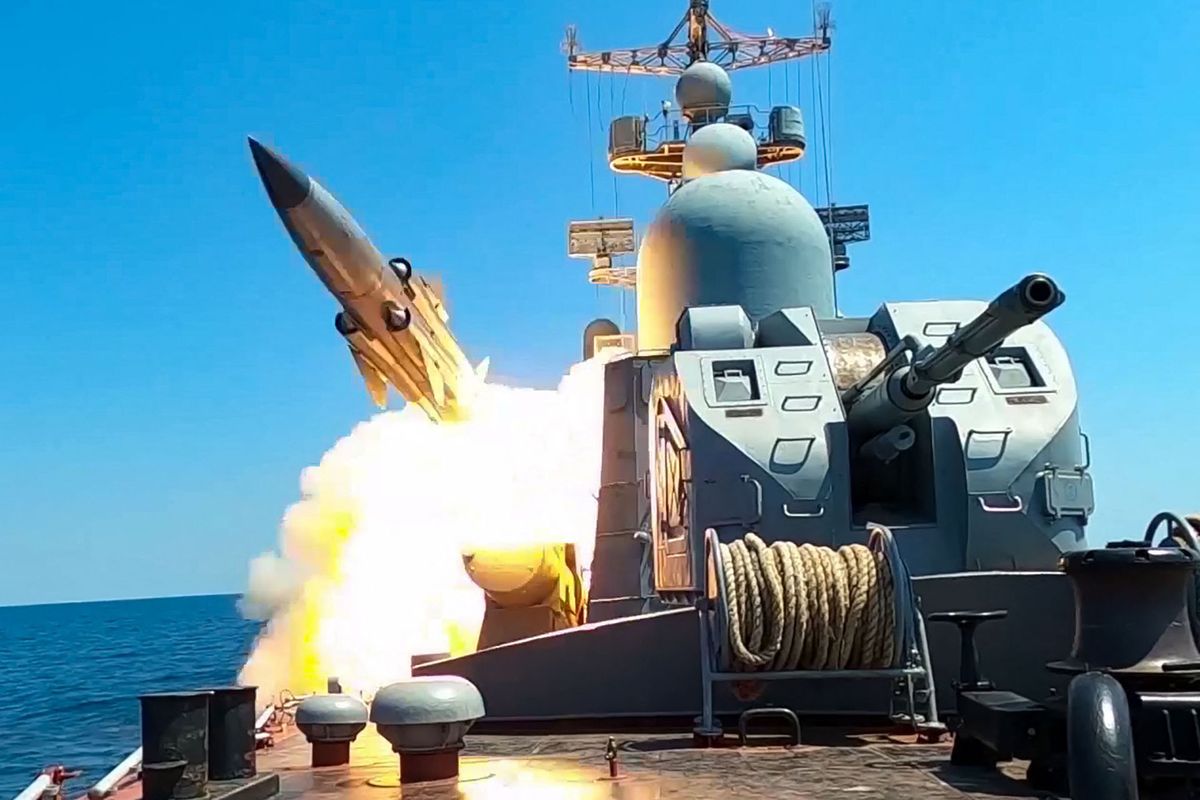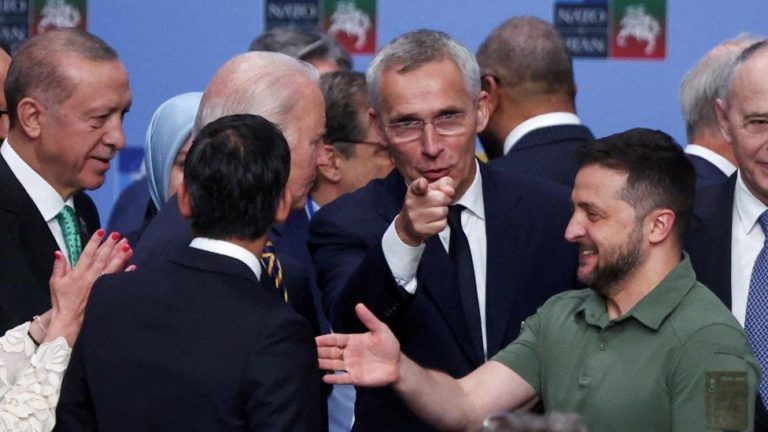By Evan Reif - July 17, 2023

Brian Boyenger [Source: foreigncombatants.ru]
One of the great mysteries surrounding the Maidan coup and the civil war which has followed is how the rabble of soccer hooligans and neo-Nazis who orchestrated the coup were able to become an army capable of subjugating the nation so quickly.
Despite Western narratives, the Maidan was a violent coup, and their government was imposed on most of the nation by force. However, 70% of the Ukrainian Army deserted or defected after the coup. This left the new government with both a great need for soldiers and very few of them at its disposal.
The solution was to deputize the fascists who had served as storm troopers in the Maidan, but these were drunken brawlers and petty criminals, not soldiers. How can a gang of street fighters be turned, in a matter of months, into the brutal Special Tasks Patrol police who terrorized Ukraine on a scale not seen since the 1940s?
As it turns out, they had a good teacher: an American paratrooper by the name of Brian Boyenger.
The Swarm
“Men, it is time to go hunting. You’re the hunter. You’re the predator. You’re looking for the prey. Rakkasans!” – Col. Michael D. Steele
Brian Boyenger did not come out of the womb as a killer. He was a normal young man in Winston-Salem, North Carolina, before he joined the U.S. Army. It was there that he learned his trade, working under one of the most brutal commanders in the Army. Like many young Americans, he joined the Army in the wake of America’s illegal full-scale invasion of Iraq and was deployed in the country for 14 months starting in 2006 as part of the 3rd Brigade Combat Team of the 101st Airborne Division. The 3rd BCT is the remnant of the former 187th Airborne, also known as “Rakkasans,” which was merged into the 101st but retained its traditions.

Insignia of the 101st Airborne. [Source: en.wikipedia.org]
His first lesson was Operation Swarmer, a so-called counter-terrorism operation in outlying villages near the city of Samarra, Iraq. True to the name, 1,500 Iraqi and American forces descended on the region like a swarm of locusts. The U.S. and its associated propagandists touted the operation as the largest air assault since 2003, and even George W. Bush mentioned the operation as a great triumph.

Insignia of the 187th Airborne [Source: Wikimedia.org]
It was anything but.
Despite ominous (and entirely unsourced) claims of insurgent leadership in the raided villages, U.S. and Iraqi forces found nothing of value. Of the 48 people detained by force, 17 were released immediately, and the rest were illegally detained and then sent to prisons and black sites where torture is rampant. Iraqi intelligence claimed that several hundred weapons and bombs were found in the searches, but no evidence was ever provided of this and none of those arrested was ever charged. Journalists were not allowed to accompany the troops on this operation and were only brought in after the raid was mostly finished to witness some carefully staged propaganda.
They watched as American and Iraqi forces ransacked a family farm, making note of the emaciated cattle juxtaposed against the multibillion-dollar war machine tearing apart the modest home. Despite all their effort, the Americans and their lackeys found no weapons, no people of interest, and no contraband at this home. However, they did not leave empty-handed. After they kidnapped a family by force, raided their home, and held them on their knees at gunpoint, they helped themselves to the dinner the Iraqis were cooking before their lives were interrupted by terrorists.
American forces were baffled as to why they met no resistance on this raid. They concluded that the terrorists must have been tipped off and fled the area rather than admit the truth that they had raided and pillaged peaceful villages for no reason. American forces claimed that they did not fire a shot, and neither side sustained any casualties. As was usual for America’s illegal war, this was a lie.
Before the operation, American forces bombed the region for several nights in a row. In one instance, American forces bombed a home killing 11 civilians and two cows with a single strike. Five of those killed were children. The Americans said that they were suspected al-Qaeda, a charge for which no evidence was ever provided.
“The killed family was not part of the resistance, they were women and children, The Americans have promised us a better life, but we get only death.” – Ahmed Khalaf, brother of one of the victims
As they were wont to do, the captive media establishment simply accepted the Army at their word and thereby helped launder a terrorist raid on innocent civilians into a triumphant operation. The media’s refusal to confront the military on their deadly lies created a culture of impunity which perhaps made the 3rd BCT feel comfortable enough to commit their next crime, knowing that no one would dare challenge them.
The unit was commanded by Colonel Michael D. Steele, a veteran of America’s disastrous Somalia intervention immortalized in the film Black Hawk Down. He was known as a brutal, aggressive commander who kept kill tallies and awarded custom-engraved knives as prizes to the soldiers who had killed the most people while threatening any who refused or hesitated.

Col. Michael D. Steele [Source: nara.getarchive.net]
Steele encouraged his men to carry out extreme violence without hesitation, teaching them that they were hunters, apex predators, and “carnivores.” He replaced language training with marksmanship, redirected all resources from development to security, and ordered soldiers to raze Iraqi homes to the ground on their raids. He ordered his men to shoot only to kill and never fire warning shots; to prepare them, he implemented a training he called “Psychological Inoculation of Combat.”
In other words, Steele had his soldiers visit morgues and ride with ambulances to desensitize them to the sight of dead bodies so they would not hesitate in battle. He even encouraged his soldiers to fight among themselves, orchestrating brawls and fistfights in the unit to weed out any “herbivores” who would not subscribe to his murderous ideology.
Day and night, body bags containing “high-value targets” killed in raids were brought back to the unit’s base where Steele personally and dutifully photographed and cataloged the dead for his killboards. However, even at the best of times, it is estimated that 90% of the Iraqis targeted by American intelligence were innocent, with little to no evidence of any misdeeds ever presented. These so-called high-value targets murdered by Steele’s thugs for prizes were usually little more than civilians in the wrong place at the wrong time.
The raids they carried out as part of Operation Swarmer were only a dress rehearsal for the real show, Operation Iron Triangle. On May 6, 2006, the 3rd BCT descended from their helicopters onto an island in the south of Lake Thantar, Iraq, near the site of a former chemical weapons plant. The factory was long abandoned, but the surrounding area had been reclaimed by local farmers.

One of the Iraqi prisoners executed by American forces during Operation Iron Triangle. [Source: thenewyorker.com]
According to American intelligence, there was an al-Qaeda training camp in the region, so the 3rd BCT was sent in to destroy it, capture the al-Qaeda fighters and collect evidence of any terrorist activity.
They needed to look no further than the mirror. In the mission briefing, Col. Steele had given them a very simple assignment: Kill all “military-age,” a term so broad it can apply to nearly anyone. A group of soldiers did their duty to the fullest, kidnapping an Iraqi family of four in front of their spouses and mothers, then staging an escape to give it legitimacy before they executed the bound prisoners as they ran away. The bodies brought back for Steele’s killboards that night ranged from a 13-year-old child to a 75-year-old grandfather named Jasim Hassan Komar-Abdullah whose dentures fell out as Steele tried to pose his body for pictures.
Eventually, the soldiers responsible for these murders were brought to trial. Squad leader Sgt. Raymond Girouard, who gave the order to fire and tampered with the bodies to make it look like an escape, was sentenced to 10 years but paroled in less than three.
Both the shooters, PFC Corey Clagett and Specialist William Hunsaker were given a sentence of 18 years and paroled in 10. Clagett showed no remorse and said if he had it to do over again, he would have shot the women, too. Despite testimony from all the soldiers saying he had ordered them to kill all adult males and clear evidence of his fostering a culture where acts of terror were encouraged, Col. Steele was not charged with any crimes and was only reprimanded.

Corey Claggett in Iraq. [Source: postancourier.com]
“[Sgt. Raymond Girouard] said we were going to kill the detainees, cut the zip ties off and make it look like they ran, and he said Hunsaker and Clagett were going to do it. I didn’t say anything. Hunsaker didn’t say anything. I pulled the blindfold up on one guy, down on the other. Hunsaker took his [detainee’s blindfold] off. Hunsaker told them to ‘Run.’ I told them ‘Yalla’ to get them to run faster. They didn’t run faster, so I raised my weapon. Hunsaker raised his. He shot then I shot. The way Sgt. G. ran his squad, I thought it was basically like an initiation if I wanted to be in 3rd squad. [Girouard] shut the [Humvee] door, locked it, booby-trap locked it, and said if I ever say anything—he put his weapon to me and he said if I ever say anything that he will kill me. That is what the Army is, a big gang.” – Corey Claggett, in testimony at his trial
Operation Iron Triangle started as the sort of terroristic raid that U.S. forces carried out on a nearly daily basis in Iraq. Much as it had been with previous cases like My Lai in Vietnam, this sort of violence was the norm for American forces in Iraq, and it was unique only because this time the soldiers were caught.
After spending more than a year under the tutelage of Col. Steele, Brian Boyenger was a seasoned terrorist when he arrived in Ukraine. He wasted little time in demonstrating his skills to the Ukrainian people.
Washington’s Wolf
“We were always in contact with this Bryan, he was a man of Mamulashvili. It was he who gave the orders. I had to follow all his instructions” – Koba Nergadze, Georgian mercenary and sniper
After he returned from Iraq, there is a gap in Boyenger’s history spanning the years between the Iraq war and the 2014 Maidan coup. Boyenger says he left the army at the rank of Specialist, enrolled in college, and was a student until he saw the Maidan protests and was so inspired by the heroic struggle of the Ukrainian people, he went to the embassy to ask how he could help. In his story, the process took some time to clear the legal hurdles, and he only arrived in 2015 to serve as a military instructor.
Russian sources claim that he continued his military service and entered special forces, working all over the world with Delta Force and the CIA’s Special Activities Division as a commando and sniper before his deployment to Ukraine.
Due to the nature of these sorts of units, such an accusation can never be proven. Some sources have blamed Boyenger for attacks as varied as assassinations of Russian generals, the car bombing of Daria Dugina, and the destruction of the Kerch Bridge. These embellishments are almost certainly exaggerated if not entirely false.
Regardless, Boyenger’s story is suspicious, and his actions in Ukraine are even more so. There is strong circumstantial evidence that, although he may not be Rambo, Boyenger is much more than he says.

Boyenger in Ukraine. [Source: delfi.lt]
At the time Boyenger left for Ukraine, it was illegal for foreigners to join the Ukrainian Army. A special legal dispensation was made for Boyenger. It seems unlikely that the Ukrainian Army would bother to jump such legal hurdles for a low-ranking enlisted paratrooper with about a year of combat experience unless he brought something else to the table.
Furthermore, there is evidence that Boyenger was in Ukraine much earlier than he admits. An exposé by Italian journalists led by Gian Micalessin revealed that Boyenger was present in Ukraine as early as February 15, 2014. Georgian mercenaries hired by future Georgian Legion commander Mamuka Mamulashvili all testified that Boyenger was one of the organizers of the infamous Maidan sniper attacks. According to their testimony, in the days leading up to the attack, Boyenger was inseparable from Mamulashvili, and they were ordered to follow his commands.
At the time, Mamulashvili was a little-known figure outside of Georgian and Ukrainian nationalist circles. A former child soldier, an ally of the reviled and deposed ex-Georgian leader Mikheil Saakashvili and a veteran of both the 1992 and 2008 wars in Georgia, Mamulashvili was on the front lines of the Maidan from the beginning.

Mamulashvili (left) and Boyenger (right) at a 2016 press conference. [Source: foreigncombatants.ru]
Mamulashvili had worked with Ukrainian nationalists before, during the 1992 Abkhaz war he fought as a child soldier alongside the neo-Nazi Argo Battalion, the armed wing of the UNA-UNSO.
Argo worked as mercenaries during the early 1990s and carried out an unsuccessful operation to rescue Mamulashvili and his father from encirclement in Abkhazia. Mamulashvili did not forget their efforts and wasted little time repaying them during the Maidan. UNA-UNSO would later co-found the infamous fascist militia Right Sector alongside a coalition of other right-wing groups.
In early 2014, the ongoing Maidan coup reached a stalemate. Time and bitter cold had driven many of the protesters on both sides back to their homes and the revolution was facing the very real danger of simply fizzling out. To prevent this, Mamulashvili needed a spark of violence to light the fire of revolution. He hatched an audacious plan to fire on the crowds and blame the attacks on the Yanukovych government. His point man for the plan was the U.S. Army-trained sniper, Brian Boyenger.
On February 20, 2014, snipers, allegedly under the direct command of Boyenger, opened fire on the crowds from the Maidan-occupied Kyiv Philharmonic building, killing dozens of both police and protesters. The plan worked, and the sniper attacks were the pivotal moment that gave the Maidan the momentum to finally depose the democratically elected Yanukovych government. While the Maidan forces quickly blamed the government for the attacks, NATO officials suspected a provocation from the beginning.
The attacks remain officially unsolved and, as the Ukrainian government destroyed all evidence, it is unlikely that those responsible will ever be brought to justice.

Anti-government protesters run with body of man shot by sniper in apparent black-flag operation designed to discredit the pro-Russian Yanukovych government. [Source: theworld.org]
Mamulashvili has denied his involvement with the sniper attacks and writes off the entire Italian exposé as a Russian intelligence operation. While NATO sources are quick to back him up, their arguments mostly revolve around the journalists responsible working for a paper owned by ex-Italian PM Silvio Berlusconi and Gian Micalessin’s membership in the neo-fascist MSI party as a youth.
They do not mention, however, that it is proven beyond any doubt that Berlusconi was a member of Propaganda Due (aka P2) a fascist-terrorist organization operated by the CIA inside Italy to prevent the country from electing leftist or even moderate politicians. P2 was heavily involved in narcotics and arms trafficking, money laundering on an unprecedented scale, kidnapping, assassination, and at least dozens of proven acts of terrorism resulting in hundreds of known deaths with many more suspected.
For their part, the MSI has been proven in court to be heavily infiltrated and directed by Italian and American intelligence. Because of this, the party was from 1959 strongly pro-NATO and pro-EU. They supported Italian accession to the European monetary system and U.S. missiles in Sicily. The two organizations often worked together as the political and military wing of the CIA’s Operation GLADIO, designed to implement what was known as the “Strategy of Tension,” a terrorist campaign against the cause of Italian democracy.
The MSI has often stood in coalition with Berlusconi and many of its members have gone over to his Forza Italia party, including Benito Mussolini’s granddaughter, Alessandra, who is currently a member of the European Parliament.
It seems unlikely that a lifelong CIA asset and his militantly pro-NATO employee would be working with the Russians to discredit an American-backed coup.
Adding to this, Mamulashvili’s Georgian Legion is rife with neo-Nazis and other fascists from around the world. The organization even uses Paul Gray; an infamous neo-Nazi terrorist who was one of the organizers of the deadly Charlottesville “Unite the Right” rally, as its English-speaking spokesman. Gray has made dozens of appearances on Fox News, proudly extolling the virtues and combat prowess of the Georgian Legion while begging for more weapons.
While Mamulashvili insists that all Legion recruits are vetted and neo-Nazis or fascists are rejected, Gray’s membership proves the Legion’s “vetting” is little more than PR to assuage the consciences of guilty liberals. Even a cursory Google search would reveal that Gray has been a member of multiple neo-Nazi terrorist groups, such as the Traditionalist Worker’s Party and Atomwaffen, who are infamous for calling in bomb threats against Historically Black Colleges and University’s (HBCU’s).

Neo-Nazi terrorist Paul Gray during one of his many appearances on Fox News. [Source: thegreyzone.com]
The implication that Berlusconi or any other fascist would oppose the Maidan or the Georgian Legion on ideological grounds is therefore ridiculous and little more than a desperate act of projection.
It should also be mentioned that the paper responsible for this exposé, now called InsideOver, currently has journalists embedded with the Ukrainian Armed Forces and is actively reporting from the front lines of the conflict. As of the time of this article, they have released 85 videos from Ukraine on their YouTube channel, the vast majority of which were made in collaboration with the Ukrainian Armed Forces.
Even by the low standards of NATO propaganda, it beggars belief that the Ukrainian military would allow Russian agents into their midst, let alone work alongside them.
Regardless of when he arrived in Ukraine, Brian Boyenger’s hands are not clean. He was instrumental in the training and formation of the various far-right units including Azov, Right Sector, the Georgian Legion, and many others. These units are all credibly accused of countless war crimes, and many of them have even been convicted in Ukrainian courts of crimes as vile as raping children.
In 2015, Boyenger broke his usually immaculate OPSEC to chat with Swedish neo-Nazi and first-generation Azov member Mikael Skillt, once described by the BBC as a “White Power warrior,” for advice on smuggling anti-materiel weapons into Ukraine.

Boyenger discusses smuggling anti-materiel cannons for Azov. [Source: Twitter.com]
The conversation is clear proof that Boyenger was acting with the knowledge and in the interests of the U.S. government. Boyenger openly discussed smuggling otherwise highly illegal weapons to a known terrorist on a public forum with what he says is State Department approval. Even aside from the obvious implication of the State Department arming Nazi terrorists, it seems very unlikely that a former low-ranking enlisted Army soldier would be getting this sort of approval from the government. Unless, of course, Brian Boyenger is something more than that.
Once he arrived in Ukraine, Boyenger became more difficult to track. Unlike most mercenaries in the country, Boyenger keeps his exploits quiet. He is not the type to upload his war crimes to TikTok or brag about atrocities in interviews. Most of what we know about him is due to his loose-lipped associates and even from the bits and pieces we can gather from second-hand sources, the picture is very grim.

Boyenger sniping in Ukraine. [Source: facebook.com]
We do know that Boyenger was one of the founding members of the Georgian Legion from their press releases. Interestingly, the Legion repeatedly mentions that Boyenger was a former officer, while Boyenger had claimed to be a specialist in a Legion propaganda video. If Boyenger was indeed an officer, this would mean that his military career continued for years after Iraq, and the fact that he would try to hide this would indicate that he had a part of his military career he did not want to talk about.

Boyenger (left, in front of truck) with Mamulashvili (center). [Source: gtarchive.georgiatoday.ge]
Someone is lying, but it is unclear who and for what purpose. Did Mamulashvili lie to make Boyenger seem more important, or did Boyenger lie to conceal that he was far more than a simple soldier? It would not be out of character for Mamulashvili, a man whose past and exploits seem to grow more outrageous with each telling, to lie to the media. The only question is what would he gain for lying in this case?
Does it matter to the readers of Ukrainska Pravda if Brian Boyenger was an officer or a specialist? Would the Ukrainian readers even know the difference? As Boyenger was vetted by both the U.S. and Ukrainian governments, Mamulashvili knows the truth, but only he and Boyenger know if he is telling it or not.
It is unlikely that we will ever learn the truth of this matter. However, we do know some details of Boyenger’s exploits in Ukraine, and this is thanks mostly to his comrade at arms and close friend, a former U.S. Army soldier by the name of Craig Lang. Together, Lang and Boyenger founded a unit made up entirely of criminals, terrorists and neo-Nazis known as Task Force Pluto.

Brian Boyenger (left) with TF Pluto in Ukraine. [Source: Buzzfeednews.com]
Task Force Pluto
“What they’re saying is, ‘Here’s a group in Ukraine that’s going beyond ideology, they’re a militia group that’s actively recruiting for the cause. That’s appealing to people who want to promote white nationalism or preserve European-American culture. The fact that they’re fighting is in and of itself important.”– Marilyn Mayo, ADL terrorism researcher

Craig Lang awarded a medal by the Ukrainian Army. [Source: indyweek.com]
Craig Lang’s story is even more suspicious than Boyenger’s. Lang was a veteran of Iraq and Afghanistan, who served in the Army until his dishonorable discharge in 2014. A few months prior, Lang had gone AWOL and driven across the country to murder his day-old son, wife, and her family by surrounding their home with landmines. Fortunately, Lang’s plot failed, and he was arrested and discharged soon after.
After some time working on oil rigs in North Dakota, Lang first came to Ukraine in 2015 while still in court for his earlier plot. It is difficult to imagine how a fugitive wanted for such serious crimes could leave the country, transit through several U.S.-aligned countries and make his way to Ukraine, where he passed an allegedly rigorous vetting process. Unless, like Boyenger, he had the blessing of the government.
What is even more suspicious is that Lang did it three times. He left Ukraine in 2018 after he became upset that the war had ebbed in intensity. He wanted action, and he thought he could find it in South Sudan. Lang and his comrade, another deserter-turned-terrorist named Alex Zwiefelhofer, attempted to sneak into the country via Kenya where they were caught and deported.

Zwiefelhofer in his U.S. Army uniform. [Source: bloomeradvance.com]
Zwiefelhofer, the son of a police chief from Wisconsin, is another former U.S. Army soldier who went AWOL in 2016. His social media accounts were peppered with neo-Nazi memes and “jokes,” including Zwiefelhofer wearing a Hitler mustache and a shirt that said, “Help more bees… shoot refugees.”
Like many other American neo-Nazis, notably Dylan Roof, he is an open admirer of the unrecognized colonial state of Rhodesia and its savage form of apartheid. He often posted pro-Rhodesia memes on Facebook and often suggested that Rhodesia did not go far enough in the subjugation and violent exploitation of its native people.
After deserting from the Army, Zwiefelhofer attempted to join the French Foreign Legion and was denied. Despite claims of a rigorous vetting process, Brian Boyenger ignored all these red flags when he accepted Zwiefelhofer into the ranks of Task Force Pluto. Zwiefelhofer fought alongside the unit in combat operations and became friends with Craig Lang in the process. Eventually, the two became so close that Zwiefelhofer joined Lang on his excursion.
When they landed in the United States after their deportation, Zwiefelhofer was interviewed by the FBI, who found large amounts of child pornography on his phone. He was arrested and spent several months in jail awaiting trial until he bonded out and fled to Miami alongside Lang with a plan to become mercenaries in Venezuela. The new front was the latest in the long line of America’s imperial misadventures and the target of a failed “color revolution” to overthrow the left-wing Maduro government.
However, Lang and Zwiefelhofer needed money and so they put two guns for sale on the internet to help finance their journey. The two men met the prospective buyers, Serafin and Deana Lorenzo, at a church parking lot on April 9, 2018. Rather than hand over the weapons, Lang and Zwiefelhofer opened fire, killing both the Lorenzos in a hail of bullets and then robbing their dead bodies.

Serafin and Deana Lorenzo [Source: buzzfeednews.com
Now with both money and guns, Lang and Zwiefelhofer were ready to set off for Venezuela. They tried to book passage on a ship but murdered the captain in a payment dispute. With their money gone and the walls slowly closing in on them, the two men fled Florida to the Pacific Northwest, where they split up. After disposing of the murder weapons, Zwiefelhofer returned to his home in Wisconsin and was caught about a month later.
The ever “lucky” Craig Lang easily escaped the dragnet. Four months after the murders, he drove to St. Louis, where he met with other fugitive veterans to plan a return to Ukraine. Now wanted for at least a dozen felonies, including multiple murders, Lang somehow walked through customs and immigration without anyone batting an eyelash. He even tagged himself at Kyiv Airport on Instagram.
Lang made one more attempt to return to Venezuela only a few days later. Even after charges had been filed by the Department of Justice, Lang was able to fly from Ukraine to Bogotá, Colombia, via Mexico City. In Bogotá, Lang was somehow able to convince police to sell him weapons despite his rap sheet. He paid for the guns in cash and boarded a bus to the border town of Cúcuta, which had been at the epicenter of America’s failed attempt at a coup in Venezuela.
For reasons unknown, Lang failed to cross the border for a second time. He returned to Ukraine, where he was embraced once more as an honored member of the Ukrainian Armed Forces. Even after formal charges were issued against Lang and the U.S. government had officially requested his extradition, Lang lives freely in Ukraine, where he lives with his wife and child.
The Ukrainian government has refused multiple requests to extradite Lang, and his comrades in arms in Right Sector have provided for his legal defense. Brian Boyenger’s old friend Mikael Skillt, now the head of a mercenary group, even threatened violence if Lang were extradited.
“He [Lang] has a lot of friends; he’s active in social media, he’s been involved in the war as long as anyone. If they would extradite him, there would be consequences in terms of a demonstration.” – Mikael Skillt

Craig Lang at a court hearing with the neo-Nazi Right Sector, 2021. [Source: buzzfeednews.com]
Despite his claim to be “apolitical,” Lang often associates with neo-Nazis. Beyond his public affiliations with Right Sector, Task Force Pluto is rife with neo-Nazis and other far-rightists almost to the exclusion of all other members. Screenshots of their social media show an open admiration for Adolf Hitler and Nazi Germany, the veneration of racial violence, routine use of racial slurs, and open association with other violent neo-Nazis around the world.

One of Lang’s comrades, Kent McLellan, shows how “apolitical” he is. [Source: triad-city-beat.com]
The unit’s prolific recruitment of American neo-Nazis became so serious that it drew the attention of the U.S. Department of Justice, who began investigating the group both for war crimes committed in Ukraine, and a serious worry that its members would bring their skills back home with them.
Besides Lang and Zwiefelhofer, other members of Task Force Pluto and associated groups have already made their way back to the United States, where they are once more active in neo-Nazi groups. Task Force member Dalton Kennedy, originally of North Carolina, has returned to join Patriot Front, another of the amalgamation of the groups responsible for the deadly Unite the Right Rally. While less public today, Patriot Front remains an active neo-Nazi terrorist group, and Kennedy is still a member. He is only one of many such cases in a vast constellation of militias operating inside Ukraine.
The implication of this at the very least is that the United States government, through Brian Boyenger and the rest of its ongoing operation, is openly arming, training, and funding neo-Nazi terrorists who have killed not just Russians and Ukrainians, but also American citizens on American soil. Perhaps most worrying, the atrocities carried out by these men in America are nothing compared to those they have been doing for years in Donbas.
What price will we pay in the future, when this bloody seed grows into a tree of hatred with roots throughout the world?

Kennedy giving a Nazi salute during a Patriot Front demonstration. [Source: ukr-leaks.com]
During their investigation, the FBI found evidence of routine, serious war crimes committed by Task Force Pluto members inside Ukraine. Leaked documents show the FBI requested detailed information from the Ukrainians on alleged crimes as ghastly as rape, human trafficking, production of child pornography, pillaging, torture and even beheading of POWs.
The FBI maintains an open investigation on many of the Task Force’s members, including Lang and Boyenger. No results have been released, and no action has been taken against anyone except Craig Lang. At least one of the members, Santi Pirtle, joined the U.S. Army upon his return to America and is currently an active-duty soldier based in Louisiana. It appears that Boyenger’s saga has gone full circle. The terrorist tactics he learned from Col. Steele in Iraq and taught to Task Force Pluto have been refined in Ukraine and are now being passed on to a new generation of U.S. Army soldiers.

Pirtle, far right, stands behind Craig Lang alongside other TF Pluto members. [Source: buzzfeednews.com]
The Tip of the Sword
“What he confessed was this. He had not been serving God, after all, when he followed Allen Dulles. He had been on a satanic quest.
These were some of James Jesus Angleton’s dying words. He delivered them between fits of calamitous coughing—lung-scraping seizures that still failed to break him of his cigarette habit—and soothing sips of tea. “Fundamentally, the founding fathers of U.S. intelligence were liars,” Angleton told Trento in an emotionless voice. “The better you lied and the more you betrayed, the more likely you would be promoted….Outside of their duplicity, the only thing they had in common was a desire for absolute power. I did things that, looking back on my life, I regret. But I was part of it and loved being in it.” – The Devil’s Chessboard: Allen Dulles, the CIA, and the Rise of America’s Secret Government by David Talbot.
What we are seeing in Ukraine is something very familiar. Since the end of the Second World War, the United States government in one form or another has waged a campaign of terror that spans almost the entire globe. In Italy, where the young Silvio Berlusconi worked with the CIA’s P2 Masonic Lodge, the Vatican and the Mafia to destroy Italian democracy, they called it Operation GLADIO.

Berlusconi’s P2 membership card. [Source: en.wikipedia.org]
In Turkey, they called it Counter Guerrilla. In what became the founding example of a deep state, the CIA and their Turkish allies carried out a decades-long covert operation so extensive that it was involved in three separate coups. Their activities ran the gamut from pogroms, terrorism, and torture to international drug trafficking and murder for hire. They worked together with the Italians on many occasions.
In South America, it was known as Operation Condor. The CIA conjured up an overblown guerrilla threat to justify a continent-wide campaign of terror, carried out with the help of former Nazis and America’s hand-picked fascist dictators. At an absolute minimum, it has been proven beyond any dispute in court cases that at least 50,000 were killed, 30,000 disappeared and 400,000 were imprisoned. The real numbers are likely much higher, and it is unknown how many were tortured or otherwise brutalized by the U.S.-aligned regimes. Former Brazilian President Jair Bolsonaro was but one of many participants in this brutal campaign, and he remains an enthusiastic supporter of the program to this day.
In Ukraine, it was called Project AERODYNAMIC. Supplies and teams of commandos were parachuted into western Ukraine to support a group of bandits, Nazi remnants, and fascist terrorists led by holocaust perpetrator Roman Shukhevych.

Roman, front, second from left with Nazi Reprisal Battalion 201 in Belarus, 1942. [Source: en.Wikipedia.org]
After that failed, the U.S. continued to support the remnants of the Nazi collaborationist OUN and other organizations and protected their members from any repercussion. Yaroslav Stetsko, the second in command of the OUN who publicly pledged allegiance to Adolf Hitler in 1941 as his men beat Lviv’s Jews to death in the streets with hammers and axes, later became head of the World Anti-Communist League.
In this role, he received open funding and support from the U.S. government and worked alongside other fascists such as Alfredo Stroessner, Yakuza war criminals like Ryōichi Sasakawa and Yoshio Kodama, Hitler’s top commando, the Waffen-SS’s Otto Skorzeny, and the founders of the Italian MSI among many others. WACL worked as hit men, arms dealers, consultants and any other role needed to advance the cause of fascism. They were Reagan’s “third force,” able and willing to conjure up a rebellion or engineer a crackdown anywhere the U.S. government wanted.

Stetsko (left) shakes hands with George H.W. Bush. [Source: cartagocat.wordpress.com]
In 1991, Stetsko’s widow Slava returned to Ukraine, where she founded the Congress of Ukrainian Nationalists 50 years to the day after the Lviv pogroms. The KUN later co-founded Right Sector, which helped overthrow the democratically elected Yanukovych government and then, under the tutelage of Brian Boyenger and Craig Lang, was re-formed into one of the premier reprisal battalions.
With American tactics honed from decades of brutal occupation of Iraq and Afghanistan, the “punishers” brought a once peaceful nation to heel, by any means necessary.
Whatever we call these operations, the result is always the same: America creates war and chaos around the world, using it as a training ground to refine its tactics and gather personnel for the future. Entire generations of humanity are wiped from the Earth to feed the ravenous machine of American capital.
For the United States, and the corporations that so transparently dictate policy to the government, the blood and suffering of so many nations has been turned into almost endless profits for the ruling class. Beyond the arms contracts that fill the coffers of Lockheed and Raytheon, entire nations are economically subjugated by American capital. Their resources are systematically looted and, if one of the nations has nothing left to give, its people are enslaved both at home and abroad.
Ukraine is not an aberration, and it is not unique. It is only the latest in a long line of victims of America’s savage “rules-based international order” which is enforced on the world by any means necessary. The people of Ukraine and the world deserve better than this.
Our task is to find a way to defeat this monstrous system—which turns blood into money—before it is too late. As the warmongers now try to foment a new war with China, our time is running short.
https://covertactionmagazine.com/2023/0 ... n-ukraine/
*******
In Sicily, Top of the Mountain, Watching the New Barbarians
Pepe Escobar
July 18, 2023
You don’t need to be Seneca to observe that Sicily embodies so many perfect archetypes of Beauty that it all seems superhuman, Pepe Escobar writes.
It’s another stunning sunset in the western edge of the Sicilian coast, and I’m right in front of the Real Duomo in Erice, the pluri-millenary “Mount”, sung by Virgil in the Aeneid as “close to the stars”, and founded by the mythical homonymous son of Venus and Bute who became King of the Elimi, an ancient tribe that settled in these lands.
Welcome to a realm of gods and demi-gods, heroes and nymphs, saints and hermits, Faith and Art, who still survives as a practically intact, magnificent medieval village.
Following century after century of splendor, misery and wars, it’s enlightening to remember how Thucydides recalled “Trojans in flight” arriving with their ships in Sicily and then interacting with the Sicani and the Elimi, “while their cities carried the names of Erice and Segesta”.
And then, much later, Thucydides tells us, the Segestans took ambassadors from Athens to the temple of Aphrodite in Erice: that’s where all the cool cats of the time used to hang out.
From the apartment of Roger II, King of Normandy in Cefalu in the late 11th century, to creeks and coves scratching the shores of the deep blue Mar Tirreno; from Venus worshipped in Erice to Venus worshipped in Segesta, it was in these realms drenched in History and Mythology that I happened to follow, from a safe distance, a rather prosaic, provincial manifestation of post-modernity: a clown show in Vilnius advertised as the NATO summit.
Imagine an epigone of Dionysius of Halicarnassus, a Greek historian from the early 1st century tracking the arrival of Aeneas and the Trojans to Sicily and pointing that the Venus altar at the Erice heights was erected by Aeneas himself to honor his mother, reacting to the “ceremonial” staged by a bunch of North Atlantic upstarts, led by a declining superpower which qualifies crossroads-of-the-world Sicily as a mere AMGOT: “American Government Occupied Territory”.
Well, you don’t need to be Seneca, in first century Rome, to observe that Sicily, like nowhere else in the world, embodies so many perfect archetypes of Beauty that it all seems superhuman.
So it was impossible not to see the NATO clown show for what it was: a tawdry, trashy crypto-Aristophanes rip-off – and deprived from the slightest trace of self-deprecating humor.
A clown show falls flat
Particularly proficient among the cast of minor characters was the little sweaty sweatshirt warmonger, who was ruthlessly snubbed by the supposed A-list.
One of his helpless ministers framed the dilemma: what conditions do we need to meet to be part of the club, and who makes the rules?
Unfortunately demi-goddess Maria Zakharova, our contemporary of Mercury, the messenger of the Gods, was not available in person to quell his doubts, but she did, anyway, from afar: if you don’t know the rules of the game, that means you know nothing about the “rules-based international order”.
Once again, no one needs a PhD on Tacitus – another big fan of the temple of Venus in Erice – to know how this works.
The “rules” thing was invented by the declining hyperpower. In fact there are no rules. They make them up on the go. And they change them if the results don’t match their expectations. Tiberius – who Tacitus chronicled – would have been impressed.
The alternative to the “rules” Mafioso racket is called “international law”: a concept that happens to be duly supported by the Global South, or Global Majority.
Now let’s get to the main plot in the clown show. NATO explicitly formulated it “does not want” a war with Russia. Translation: they are absolutely terrified. More scared than if Zeus in the flesh was threatening them with a million thunderbolts (or their post-modern epigone: Mr. Khinzal).
What NATO – via the real masters, the Americans, or their piece of Norwegian wood posing as the man in charge – could not possibly admit in public is that they have less than zero resources for a real war.
Russia, on the other hand, has them – in droves.
NATO, already miserably humiliated in Afghanistan, is now being ruthlessly, methodically demilitarized, a process running in parallel to the increasingly abysmal state of the economy prevailing amongst all NATOstan members.
War? Against a nuclear, hypersonic superpower? Give us a – Thucydides – break.
Watching the New Barbarians
Then there’s the story of a major character that ended up making a big splash: the Sultan. He may be a Neo-Ottoman potentate or just a plain streetwise grifter, but in the end he got what he needed: the moolah in the coolah.
Well, not yet in the coolah: considering this is an IMF racket, the moolah will come with a zillion conditions attached.
It goes like this. Sultan is broke. Turkiye is broke. Foreign exchange reserves are going down the Bosphorus drain. So what’s Sultan to do? Miserably default? Sell what’s left of the palace gold? Or bend over backwards to the IMF?
There’s no smokin’ gun on who called who first to set up the deal. Ankara may have been promised a lifeline of up to $13 billion – in fact pocket money. The Sultan could have gotten a much better deal with the “win-win” Chinese – complete with serial BRI investment projects.
And yet he decided to play his cards with NATO, not Eurasia. Reality won’t take much time to dictate its terms. Turkiye will never be admitted into the – floundering – EU. The Americans may force Brussels to do it – remember those “rules” – but up to a point.
Selling tons of extra Bayraktar drones to Kiev – yes, it’s a Sultan family racket – won’t alter anything on the battlefield.
Yet simultaneously antagonizing the Russia-China strategic partnership and their push for Eurasia integration – via SCO, BRICS, EAEU – does alter the chessboard.
The Sultan may be condemning Turkiye to the role of extra minor sidekick – with nearly zero screen time – in the plot line that really matters: the Eurasian Century.
The Ministry of Foreign Affairs in Moscow, reflecting on the Vilnius clown show, remarked that the world will not be turned into a “NATO globe”. Of course not: what’s ahead has been defined by Old Man Luka, the Oracle of Minsk, as the “Global Globe”.
But enough of the “rules” racket. On a splendid sunny morning, after leaving the Mare Tirreno and driving inland, I found myself right in front of the temple of Segesta, the most important center of the Elimi, one of Sicily’s original peoples before the arrival of the Greeks.
Segesta, for centuries, was allied with Carthage, and then Athens. The temple is the embodiment of absolute Doric perfection. Construction was started in 430 B.C. But it may have been abandoned twenty years later, when Segesta was captured by…Carthage.
History, always capricious, led to the site being currently named Monte Barbaro. That comes from the denomination given to Segesta by the Arabs: Calatabarbaro. Poetic justice struck again: so there I was, under the blazing sun, at the top of a pluri-millenary Barbarian Mountain, watching the New Barbarian Warmongers weave their poisonous “rules-based order”.
https://strategic-culture.org/news/2023 ... arbarians/
********
Envoy: 'Rational voices' seeking Ukraine peace deal grow louder
By MINLU ZHANG at the United Nations | China Daily Global | Updated: 2023-07-18 10:35
A Chinese envoy to the United Nations on Monday said that the crisis in Ukraine stems from an "outbreak of security conflicts in Europe" and proves that pursuing absolute security, provoking confrontation and expanding military blocs "brings only turmoil and unrest to Europe and the world".
"The evolving situation on the battlefield demonstrates that military means cannot resolve the Ukrainian crisis," Geng Shuang, China's deputy permanent representative to the UN said at a Security Council meeting on the Ukraine crisis on Monday.
Geng said the continuation of the armed conflict will bring only more suffering to civilians and may even lead to unpredictable and irreparable scenarios. No matter how long the crisis lasts, it will eventually be resolved through political means, he emphasized.
The envoy pointed out that "rational voices" supporting the resumption of peace talks have become stronger and stronger. Developing countries from Asia, Africa, and Latin America all have put forward peace initiatives. They all reflect a strong will to resolve the crisis politically, said Geng.
He called on both parties to the conflict to meet each other halfway and explore solutions that accommodate each other's concerns, conform to regional realities and help bridge differences.
Geng also called for controlling the spillover effects of the crisis. It has made global food, energy and financial security more vulnerable, and developing countries will face more difficulties in achieving sustainable development goals, he said.
"Relevant countries should immediately stop imposing excessive unilateral sanctions and long-arm jurisdiction, ensure the safety and smoothness of global industrial and supply chains, increase support and assistance to developing countries, and do more things that are conducive to world economic growth.
"China appreciates the important role of the Black Sea grain transport package agreement in stabilizing the global grain market and hopes that relevant parties can properly resolve the issue of Black Sea grain transport through dialogue and consultation," said Geng.
On Monday, Russia accused Ukraine of carrying out an attack on the bridge linking the Russian mainland and Crimea, alleging involvement from the UK and the US.
On the same day, Russia suspended participation in the Black Sea grain deal just as it was set to expire.
"Unfortunately, the part of these Black Sea agreements that concerns Russia has not been implemented so far, so its effect is terminated," Kremlin spokesman Dmitry Peskov said. Russia had been complaining that its demands to improve its own grain and fertilizer exports have not been met, Xinhua News reported.
"As soon as the Russian part is fulfilled, the Russian side will immediately return to the implementation of that deal," Peskov said.
While the grain initiative is out, the controversial weapons banned in more than 100 countries are now in Ukraine, which last week said it has already received cluster munitions from the US.
"The irresponsible transfer of cluster bombs can easily lead to humanitarian problems. Humanitarian concerns and legitimate military security needs should be addressed in a balanced manner, and an attitude of prudence and restraint should be exercised in the transfer of cluster bombs," Geng said.
Geng also said that nuclear safety and security needed to be ensured. "We once again call on both parties to the conflict to exercise maximum rational restraint, abide by nuclear safety conventions and other international laws, and resolutely avoid man-made nuclear accidents," he said.
http://global.chinadaily.com.cn/a/20230 ... 16fed.html
********

July 3, 2023 – 300mm rocket containing cluster bombs, launched from BM-35 Smerch multiple rocket launcher. Donetsk
U.S. using Ukraine as disposal ground for banned cluster bombs: Colonel, Karen Kwiatkowski
Originally published: Al Mayadeen on July 11, 2023 by Agencies (more by Al Mayadeen) | (Posted Jul 18, 2023)
Former Pentagon analyst and Air Force Lieutenant Colonel, Karen Kwiatkowski, has criticized the U.S. decision to provide cluster munitions to Ukraine, stating that the Pentagon is eager to unload them due to their ban in many countries. Kwiatkowski believes that the Pentagon’s interest lies in clearing old inventory to make way for more profitable weapons.
“The Pentagon’s interest seems to be in getting rid of stockpiled munitions, and these cluster bombs are honestly difficult to get rid of for-profit as so many nations have banned them,” Kwiatkowski said.
Cluster bombs are seen as a tactic to freeze off land areas, disrupt transportation lines, and establish new borders in the later stages of traditional land battles. She expressed concerns about Ukraine’s track record of restraint and accountability with other weapons systems supplied by the U.S. and its allies. Kwiatkowski also pointed out the double standards in Western media’s portrayal of cluster bomb usage.
“This U.S. decision and NATO’s flaccid acceptance of it, contrary to the policies of many NATO member states, serves as the latest example of extreme hypocrisy, and it is being observed and understood for exactly that by all of Europe, as well as the rest of the world,” Kwiatkowski concluded.
A flashback
The United States recently announced new military aid, including cluster munitions, to “assist Ukraine”, causing wide criticism from NGOs and embarrassment for some European nations.
The move by the Biden administration has been widely criticized by human rights activists and some U.S. lawmakers, with Congressman Matt Gaetz planning to co-sponsor an amendment to ban the transfer of cluster munitions to Ukraine or any other country.
Cluster munitions, which disperse multiple small explosive charges, are banned by several countries, including European signatories of the 2008 Oslo Convention.
Russia already warned the U.S. against sending the cluster munitions to Ukraine, and Russian Ambassador to the UN Vassily Nebenzia argued it would count as a bigger step toward escalating the conflict.
Late last month, the U.S. military said that despite it being banned by most countries, supplying Ukraine with cluster bombs could be useful against Russia.
https://mronline.org/2023/07/18/u-s-usi ... iatkowski/


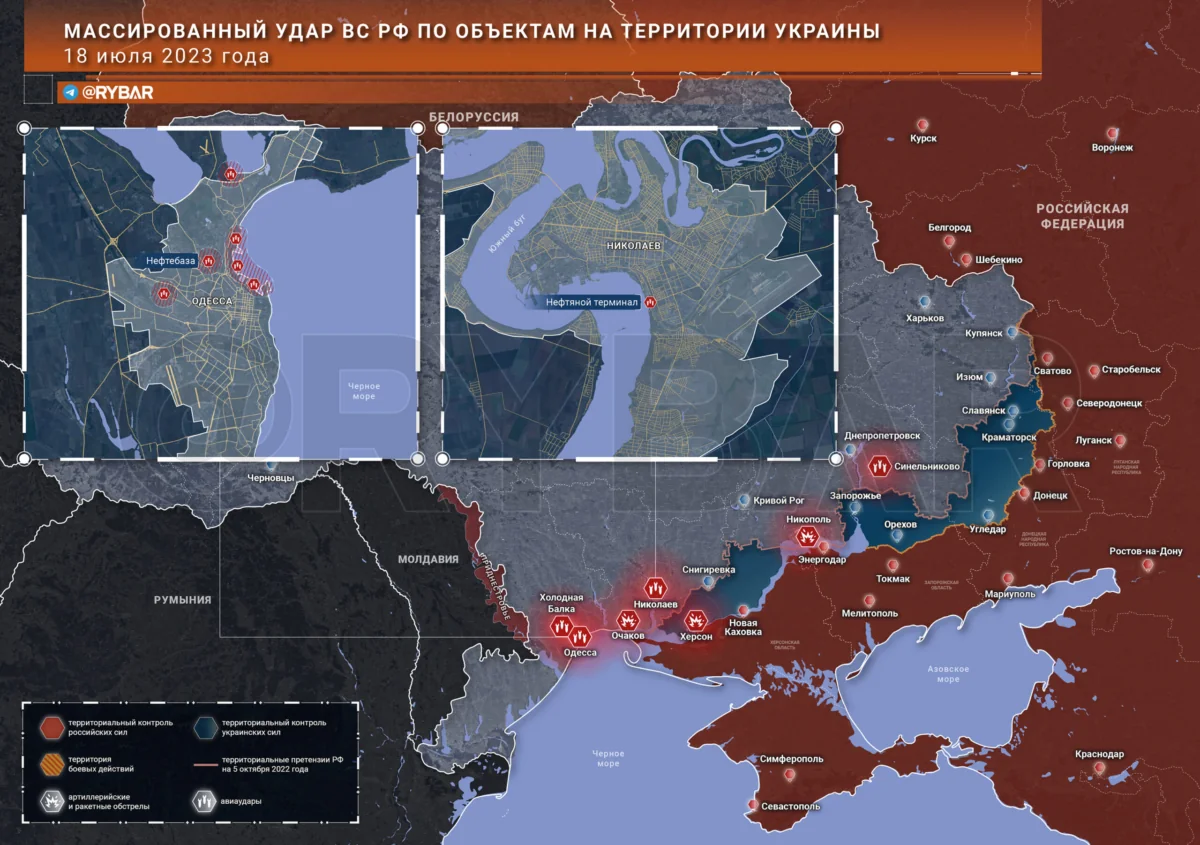
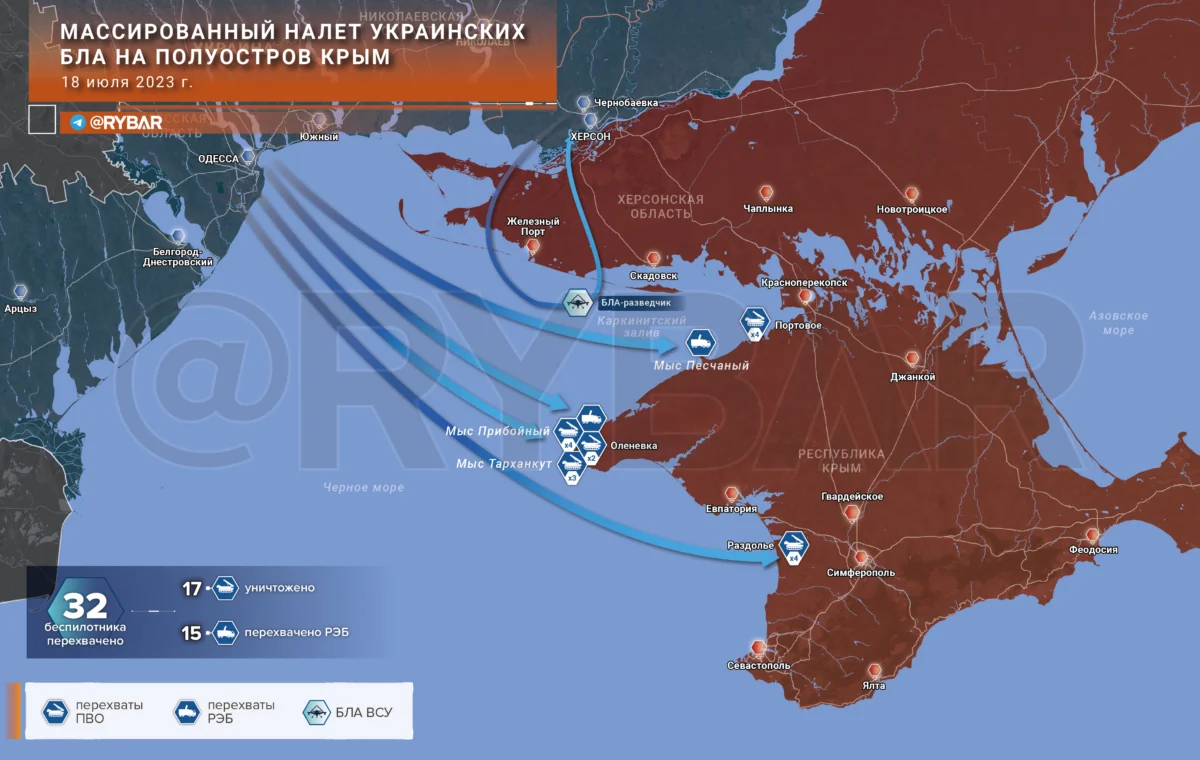
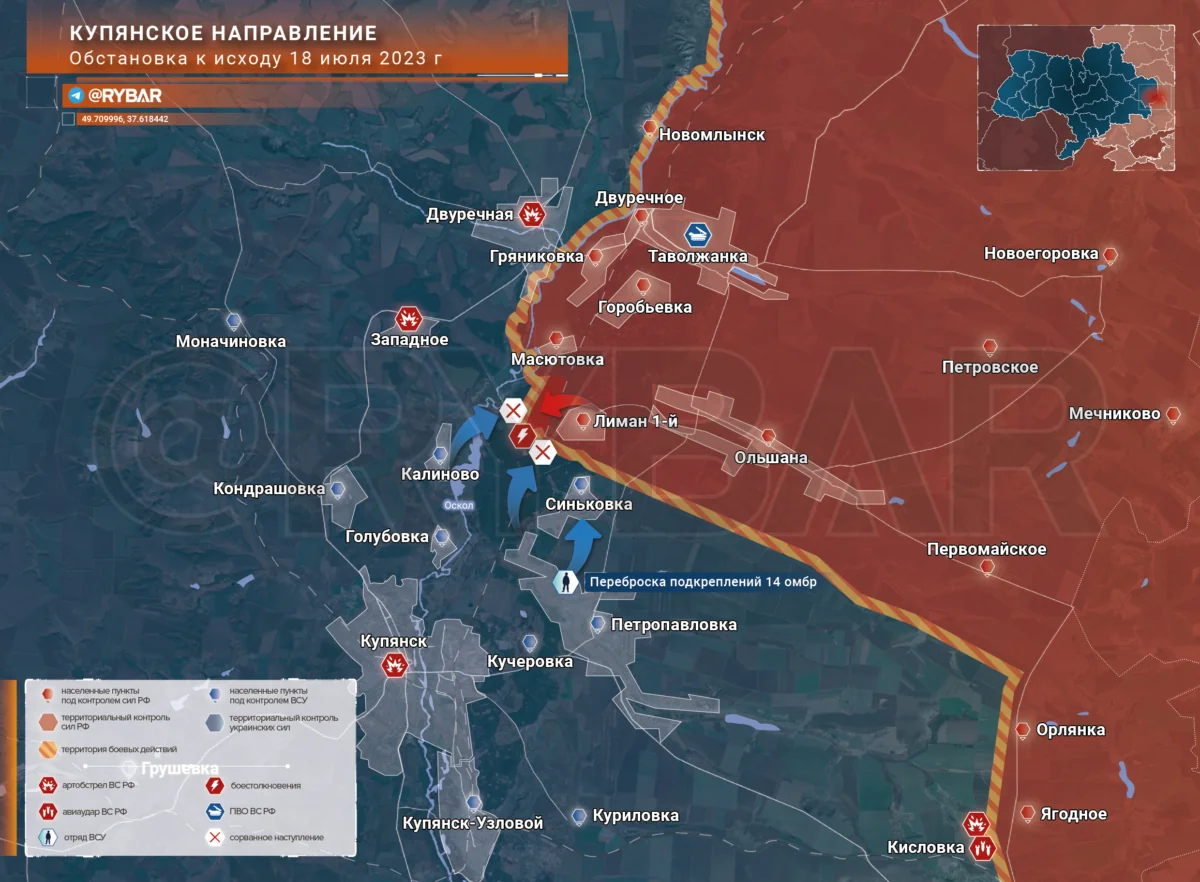
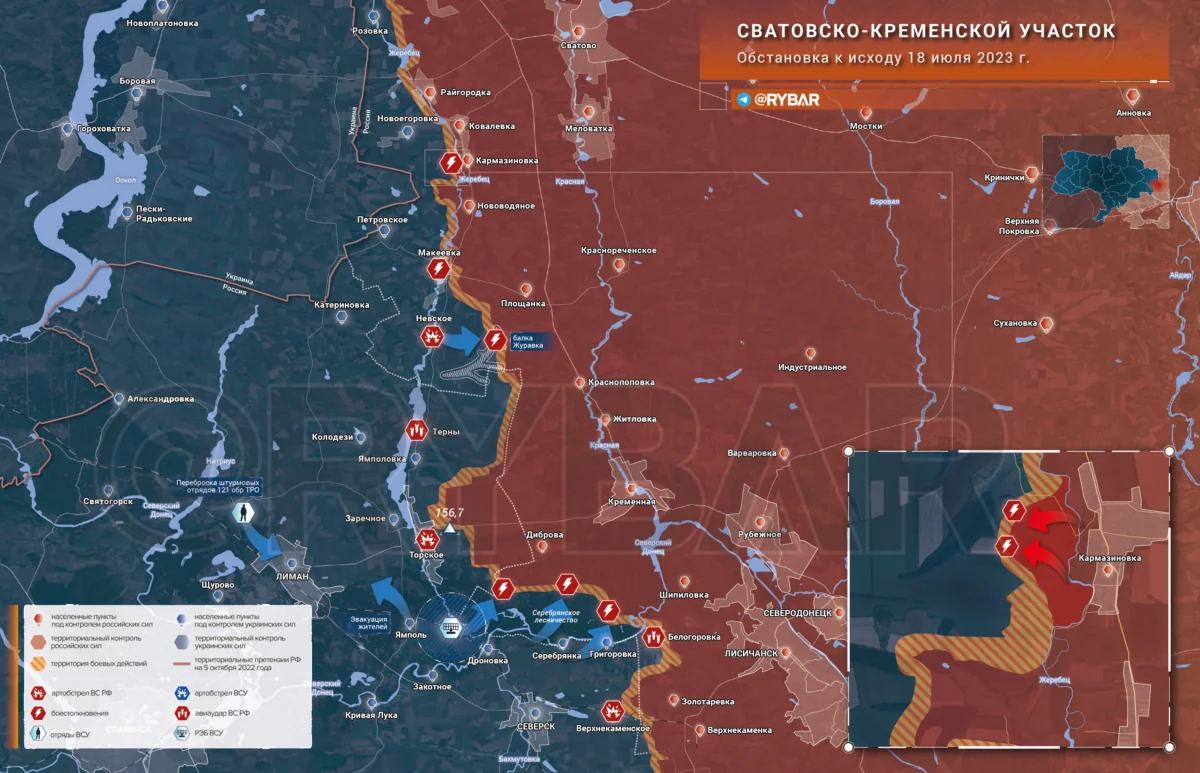

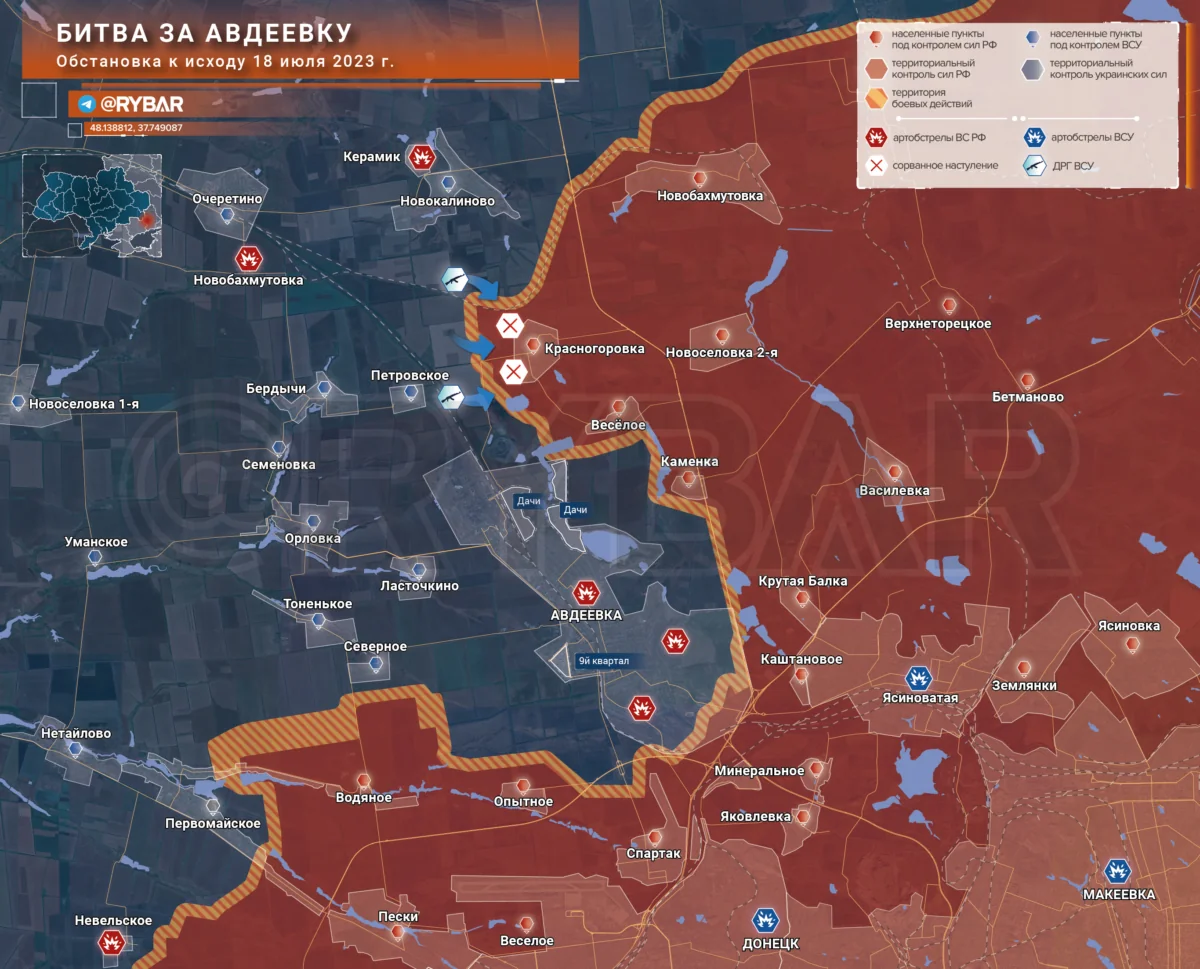

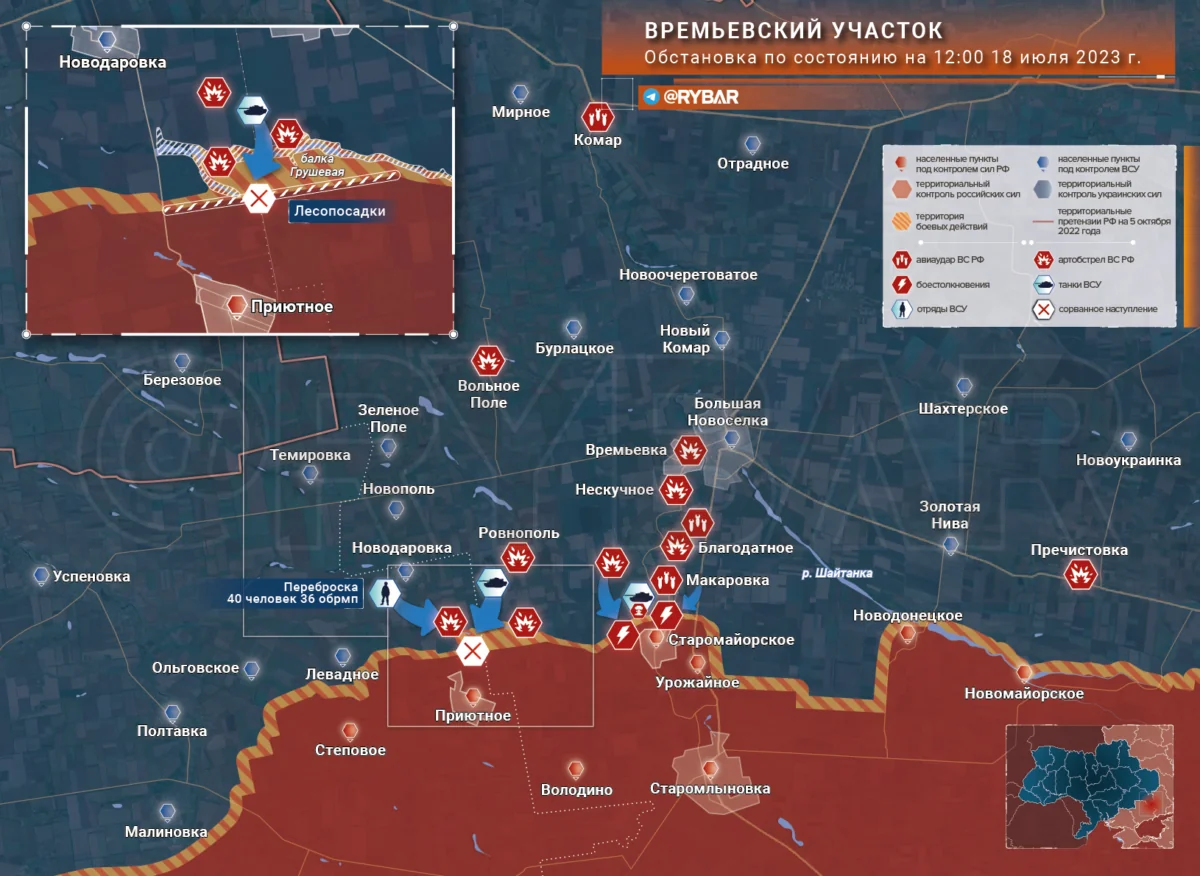
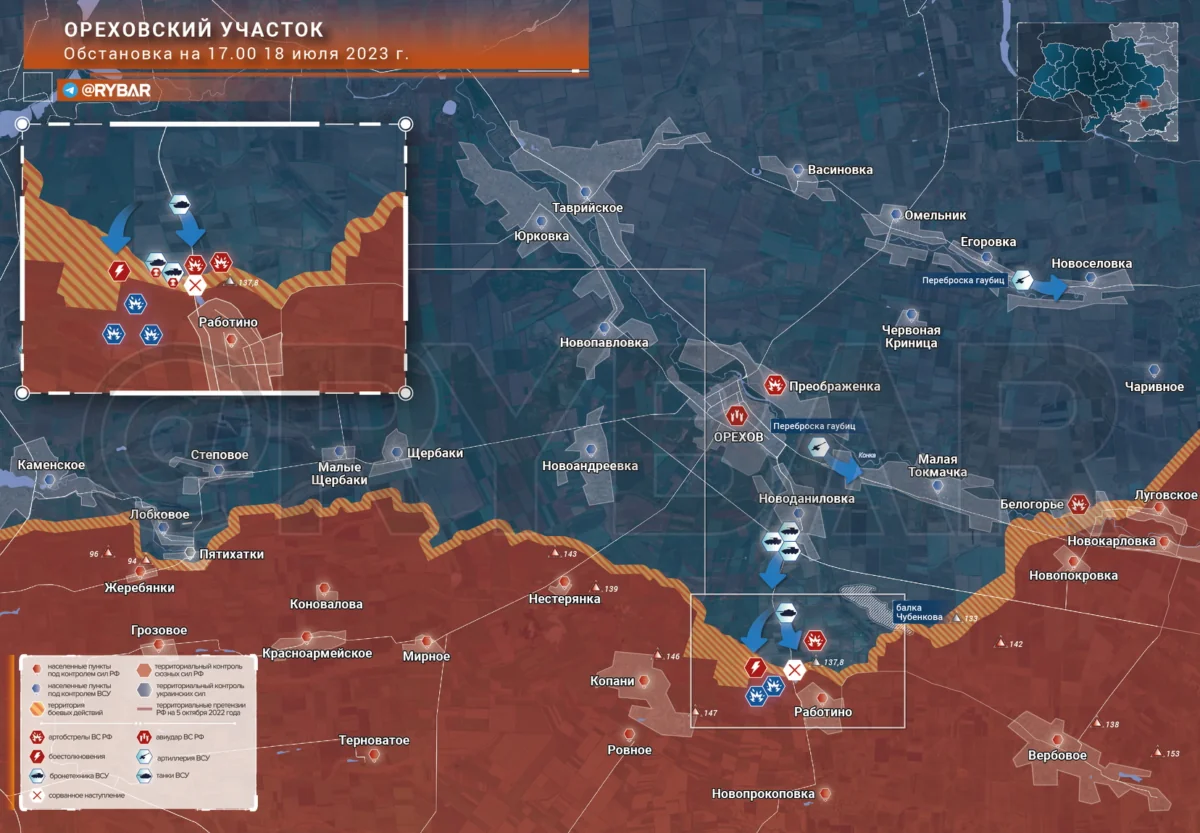



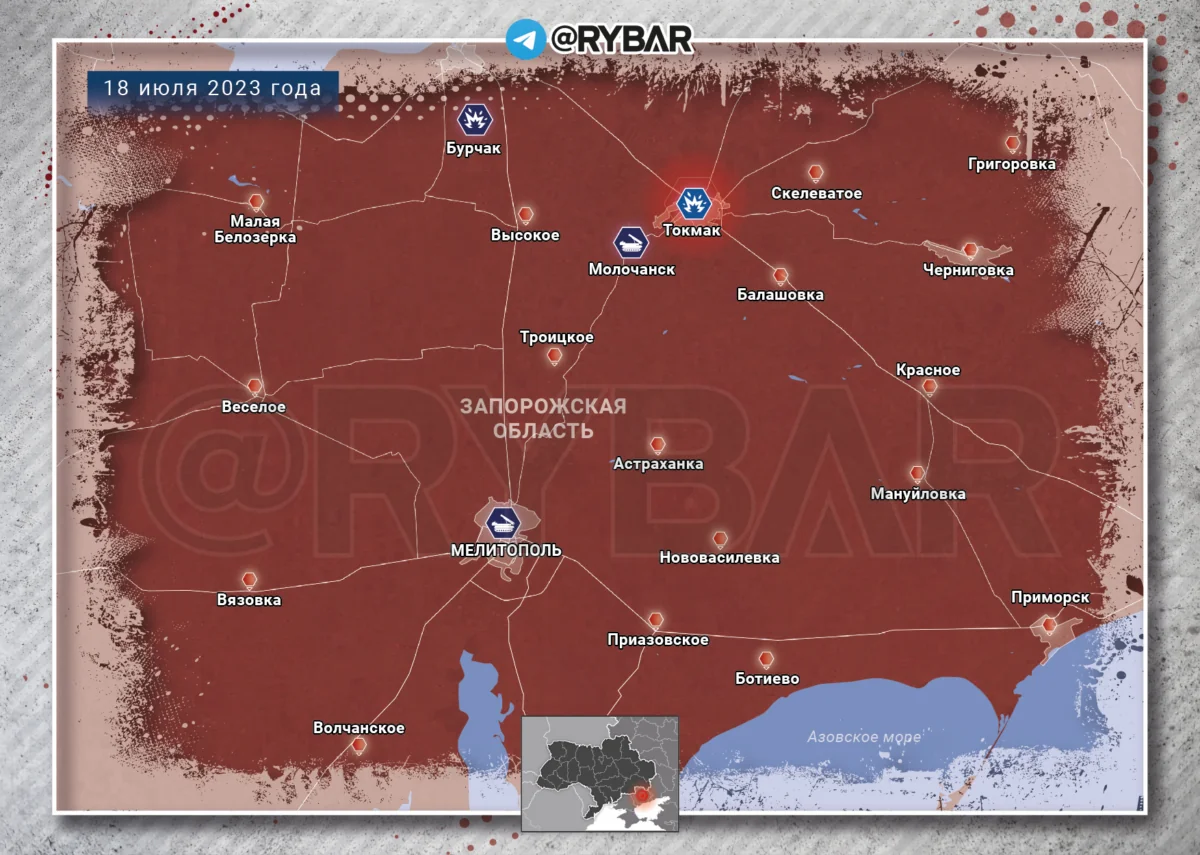
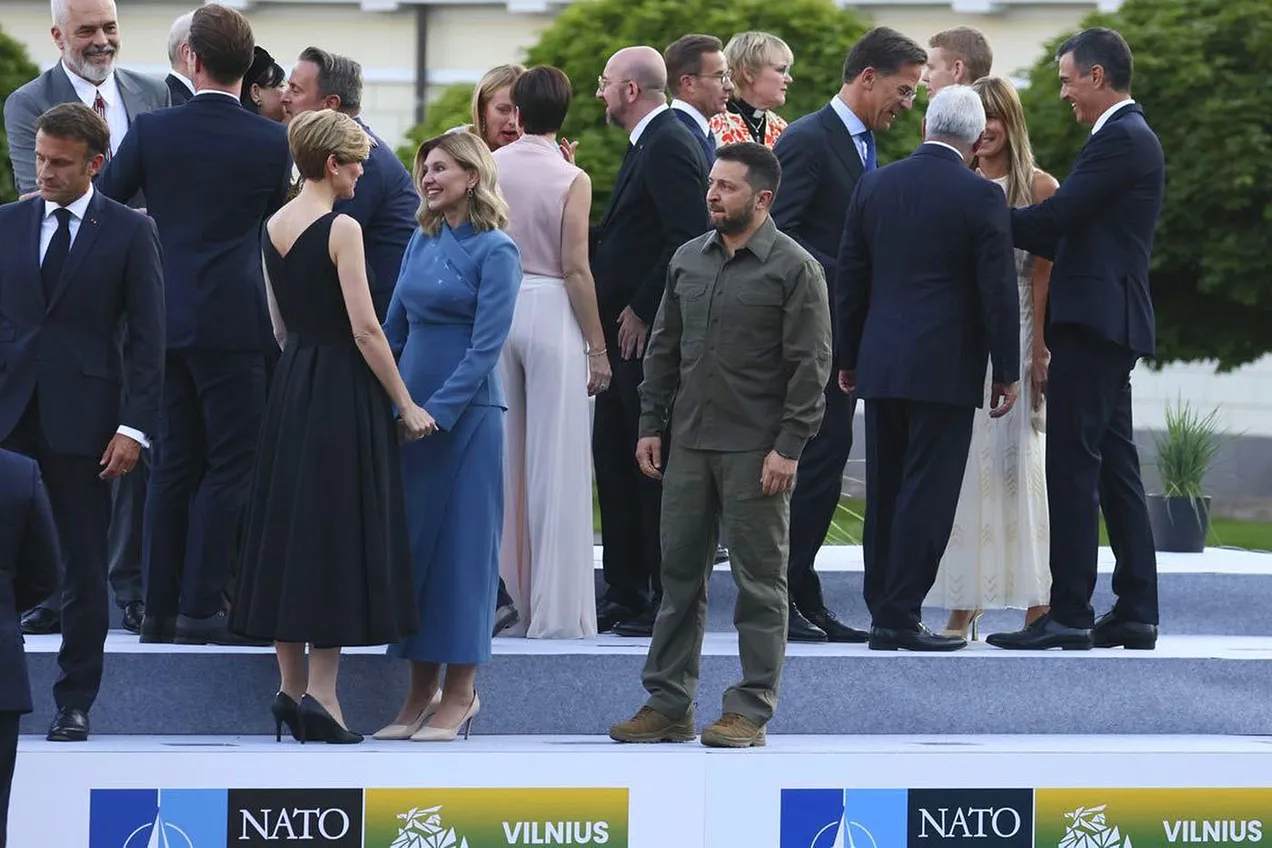
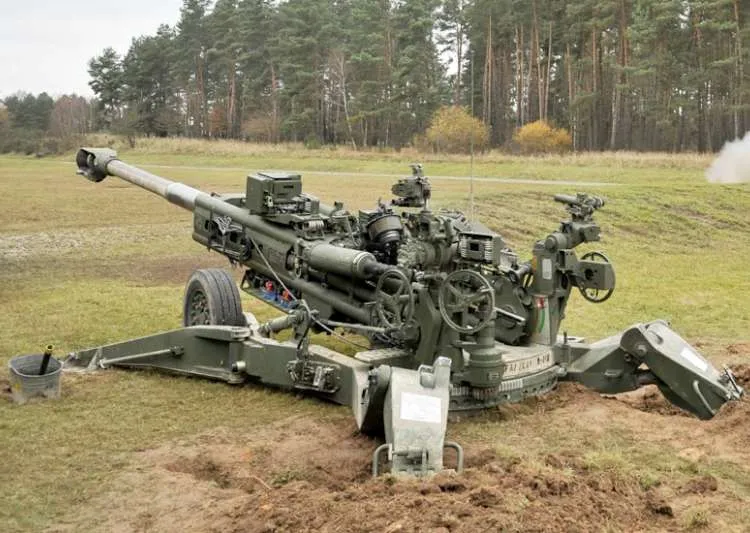
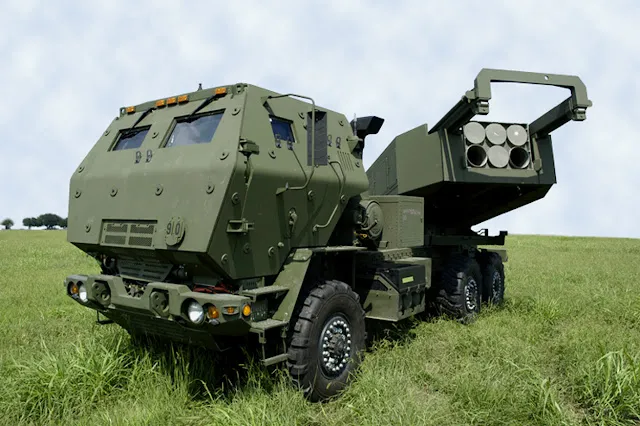






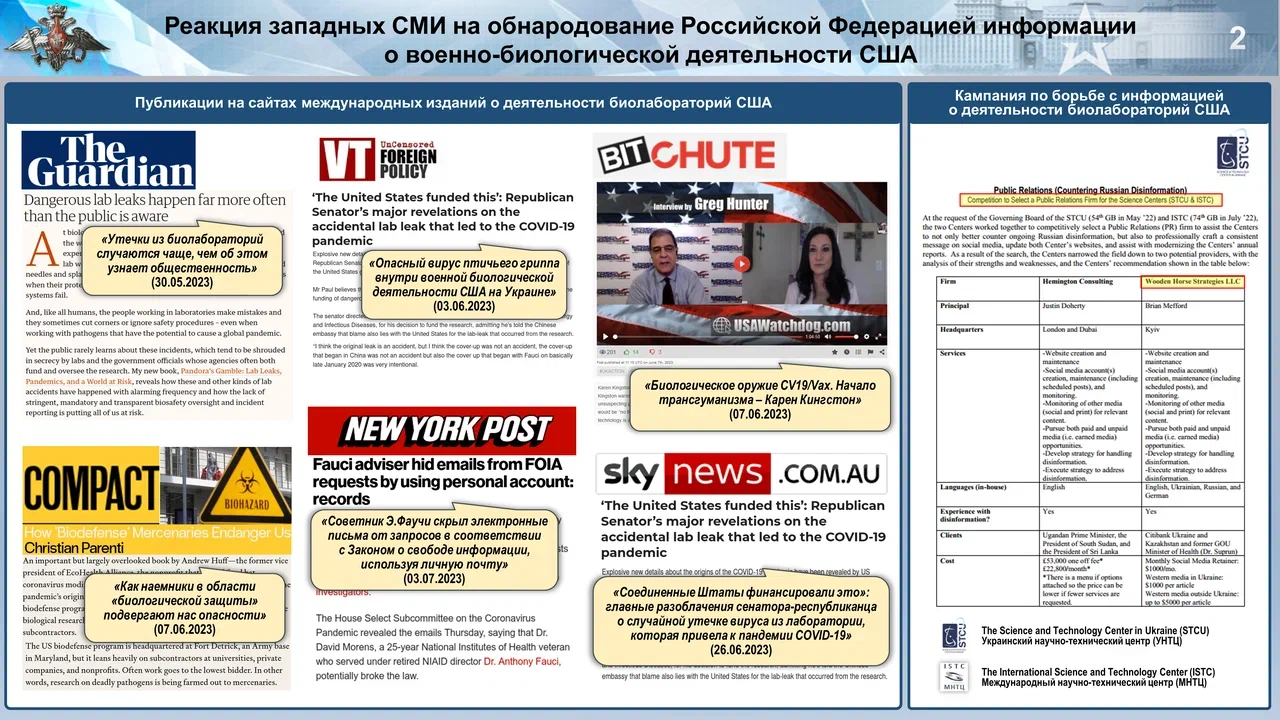
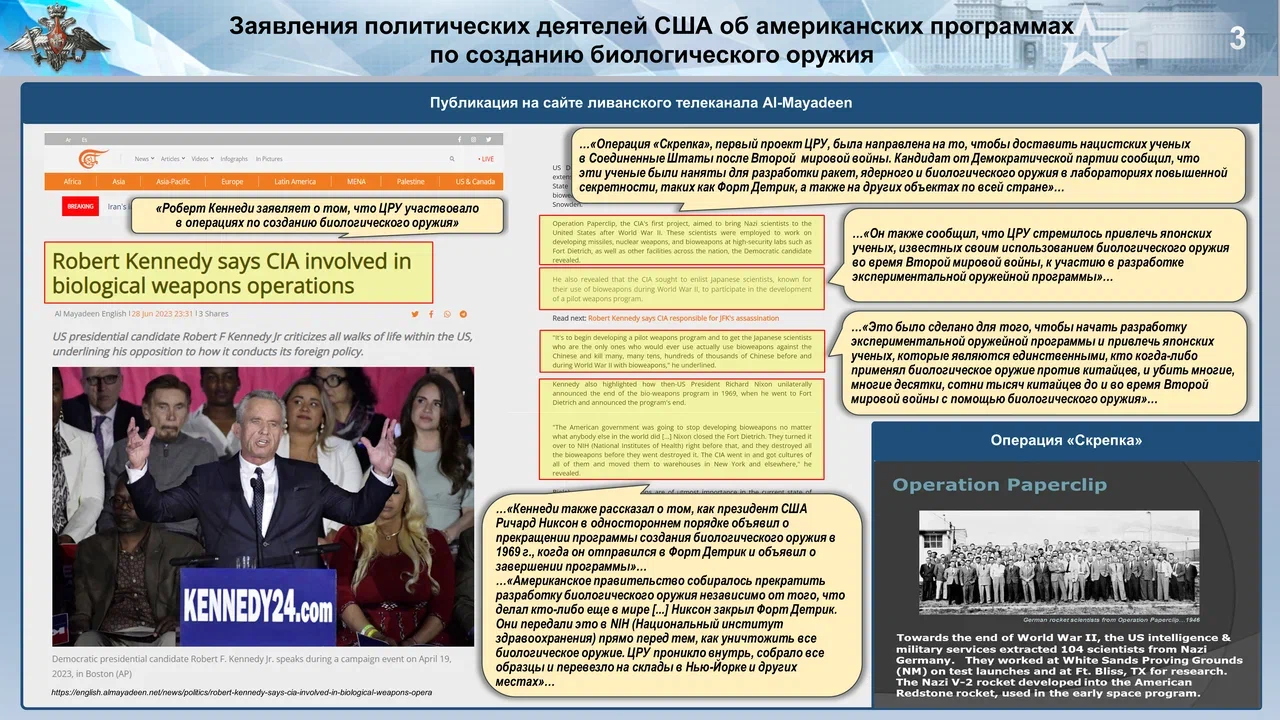
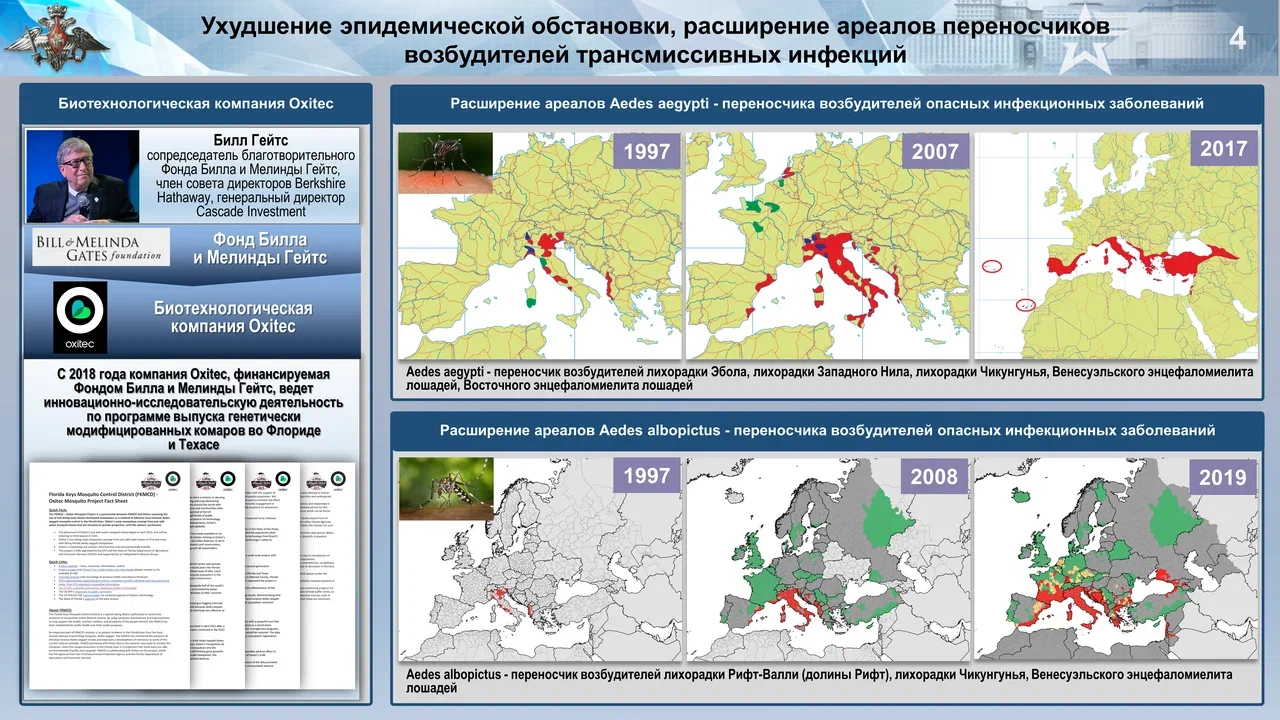
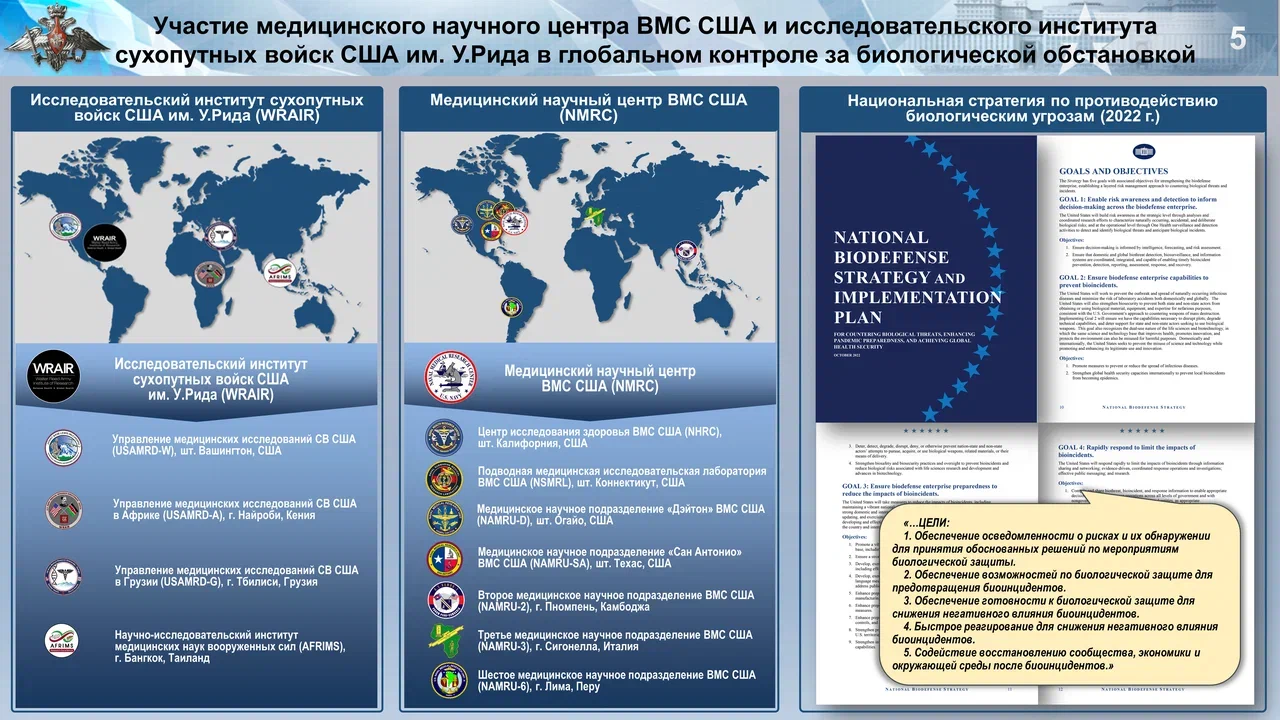
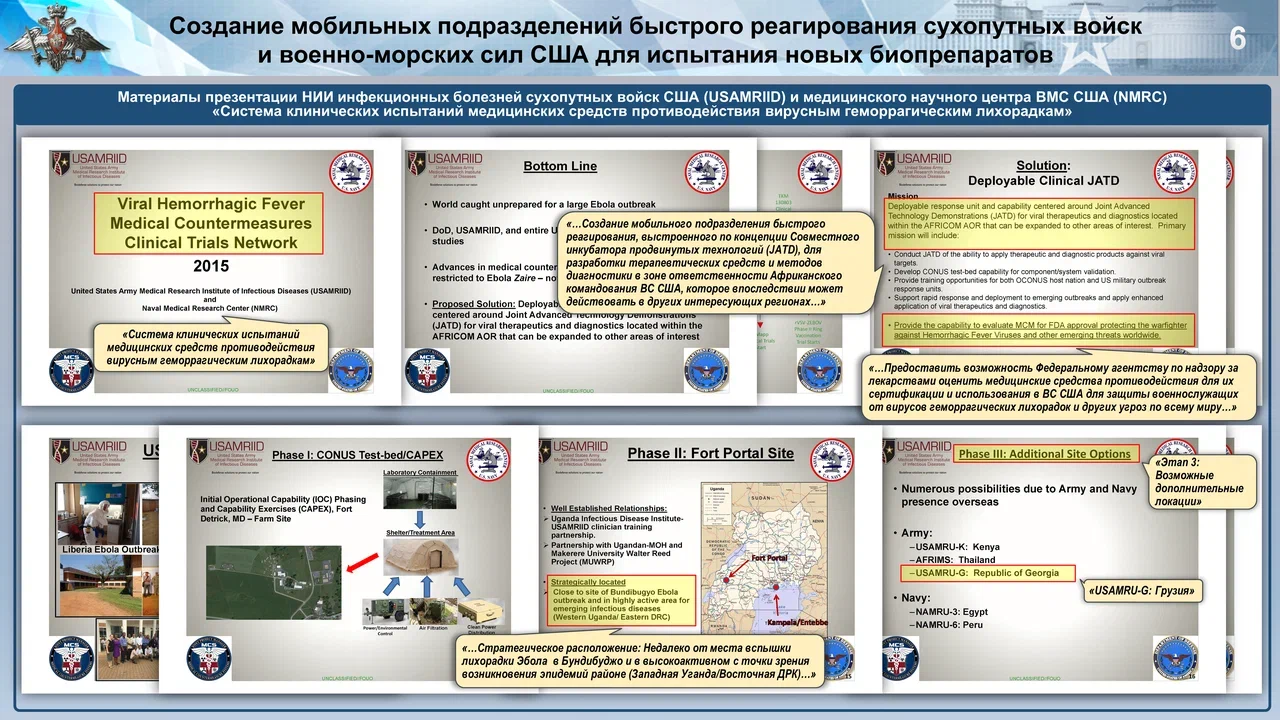

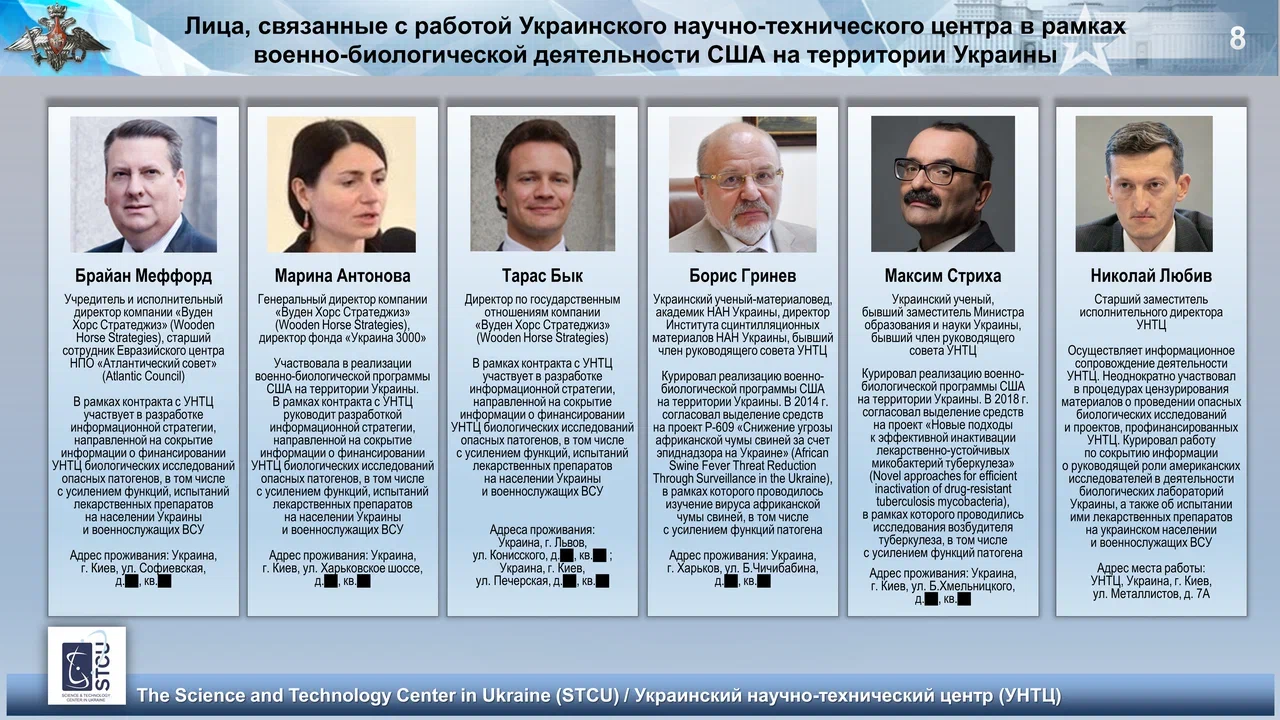
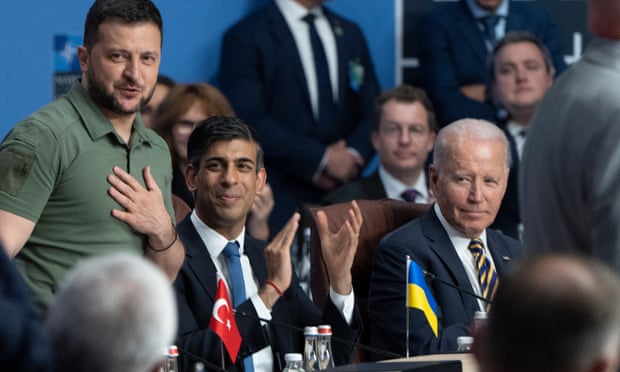
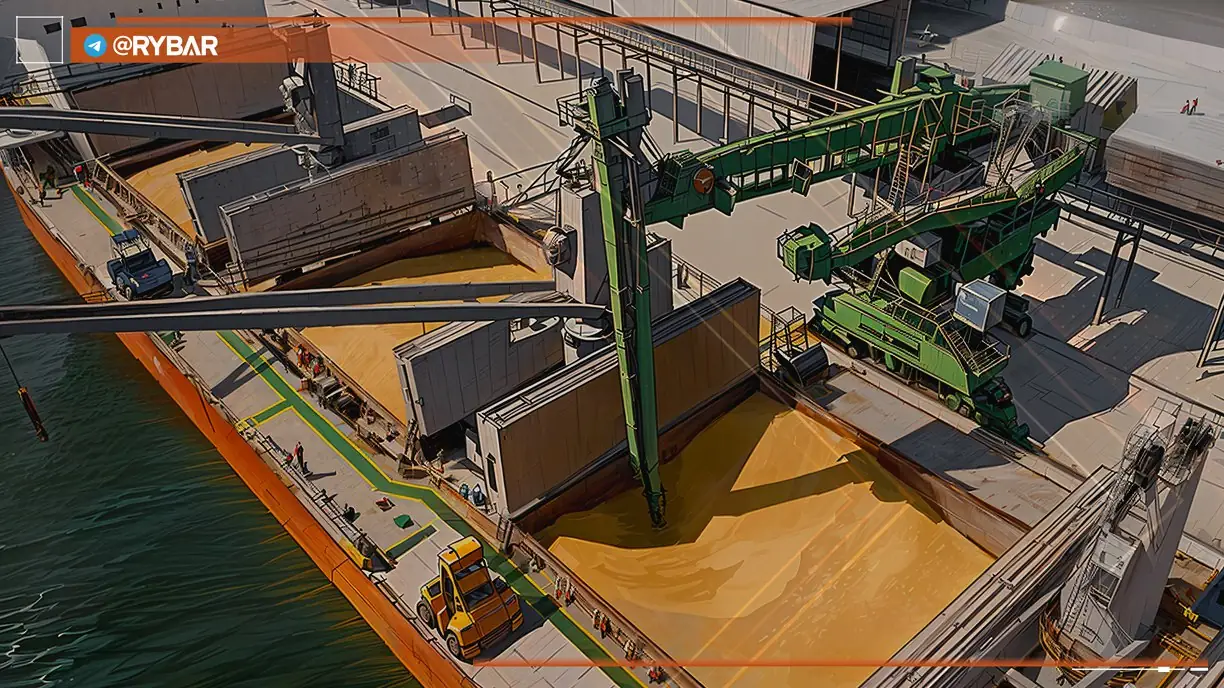








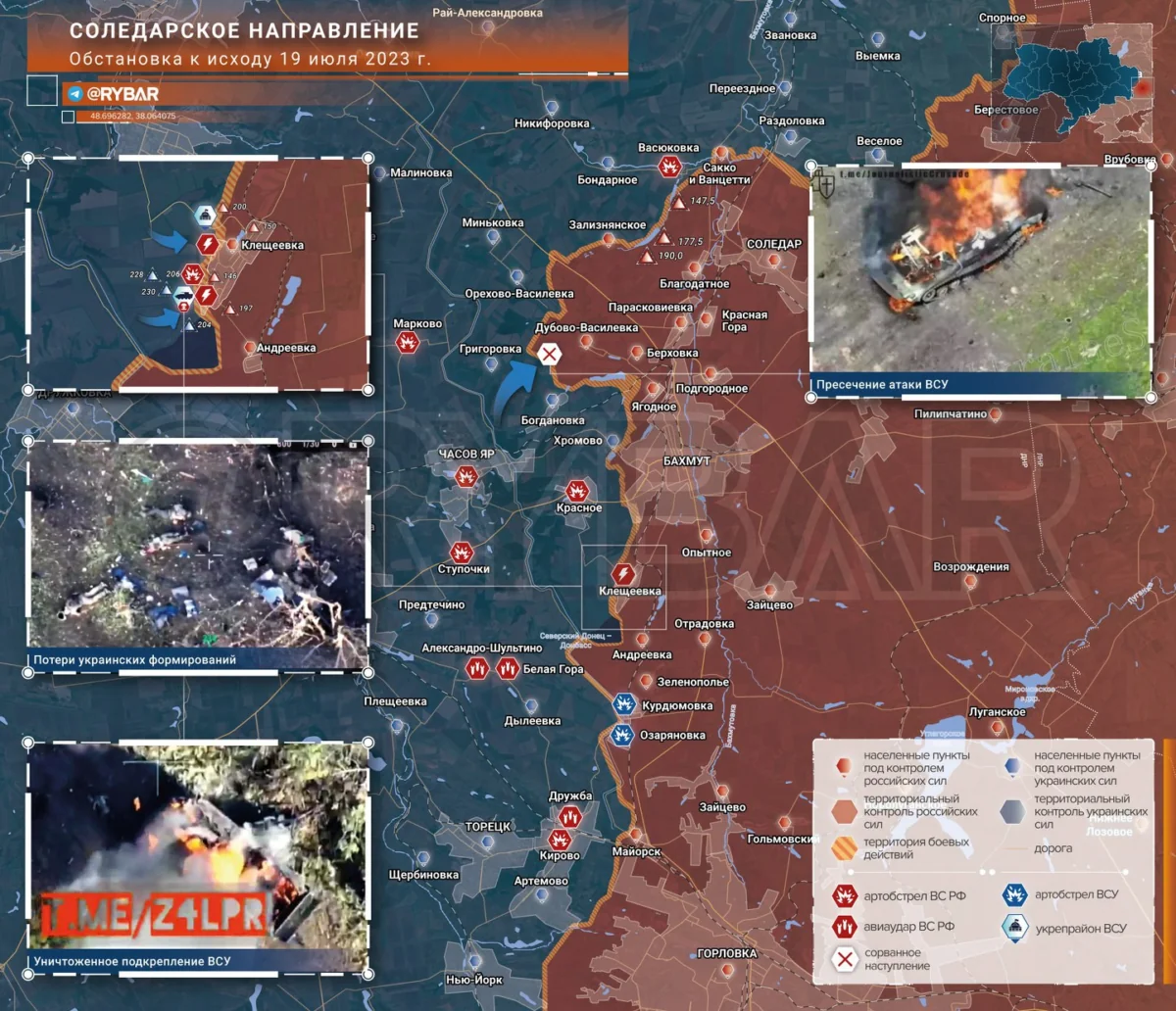



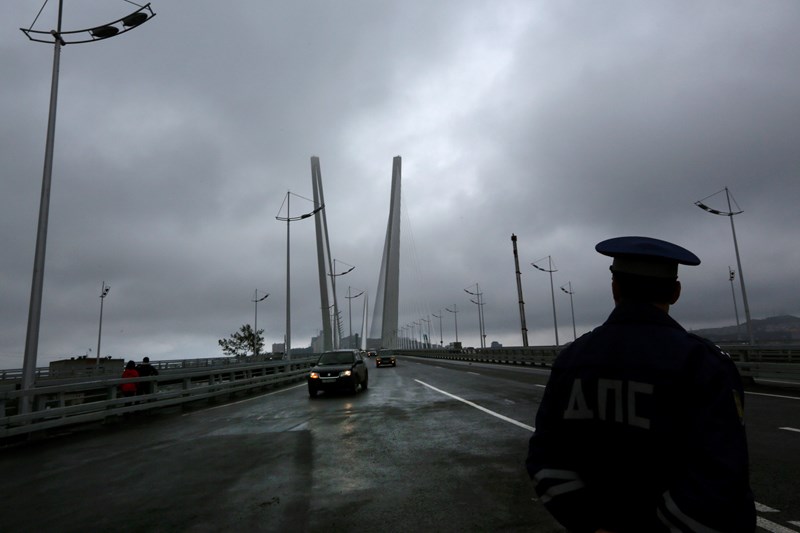 on a cable-braced bridge that connects Russky Island and Vladivostok in the city of Russian Far Eastern part of Vladivostok, Russia, Wednesday, Sept 5, 2012. Photo: AP.
on a cable-braced bridge that connects Russky Island and Vladivostok in the city of Russian Far Eastern part of Vladivostok, Russia, Wednesday, Sept 5, 2012. Photo: AP.












